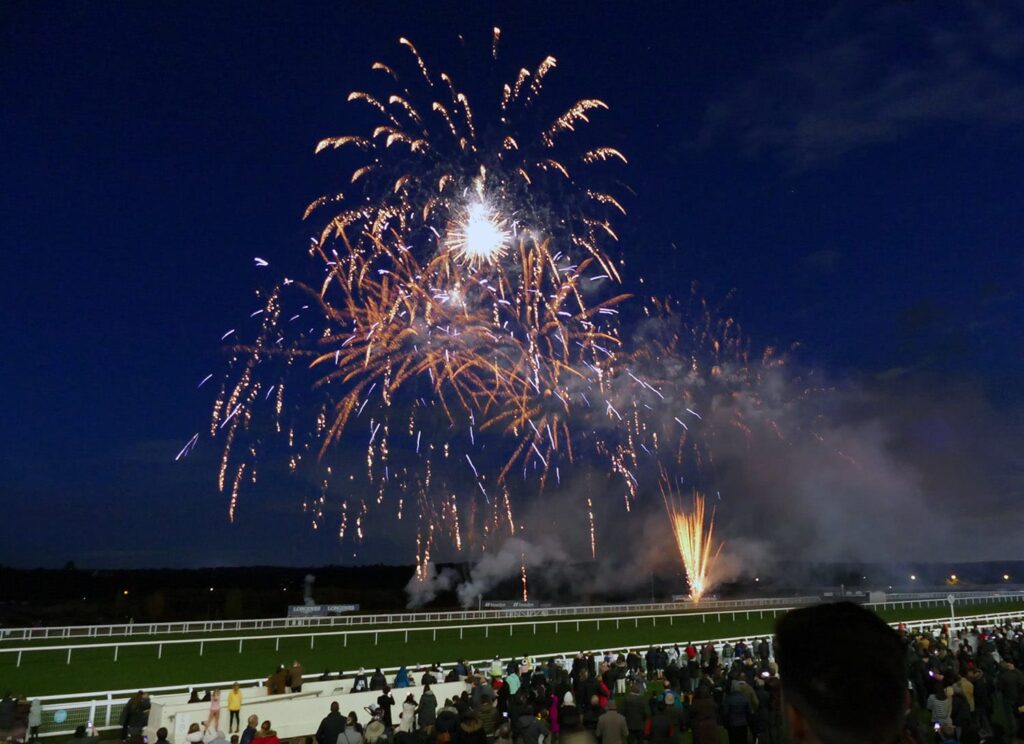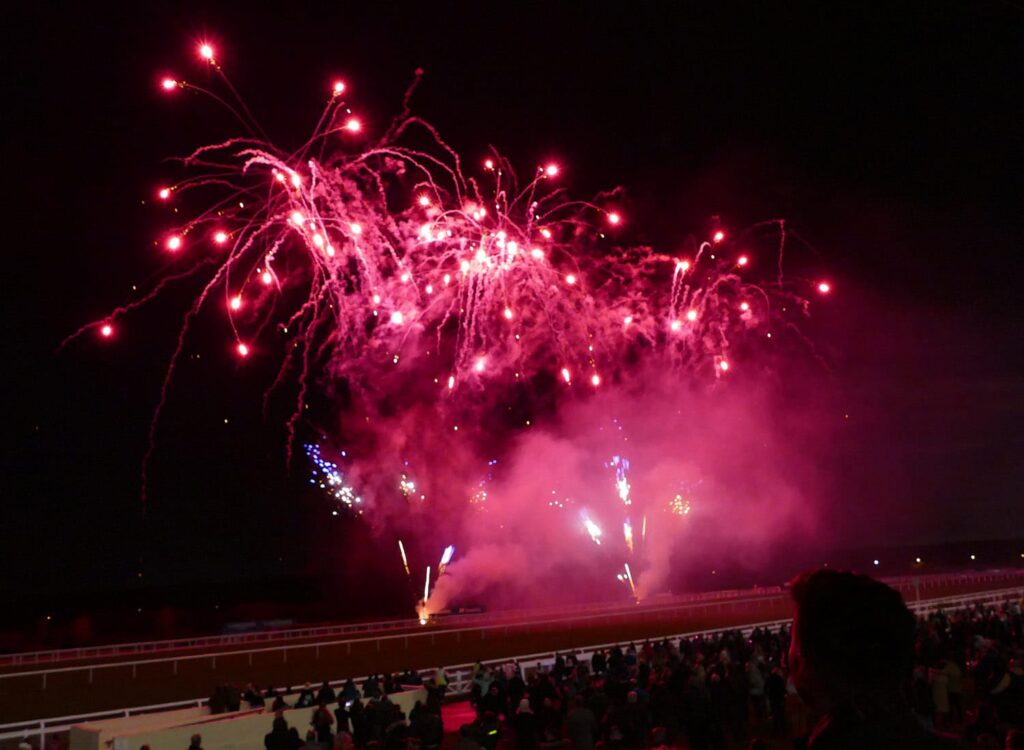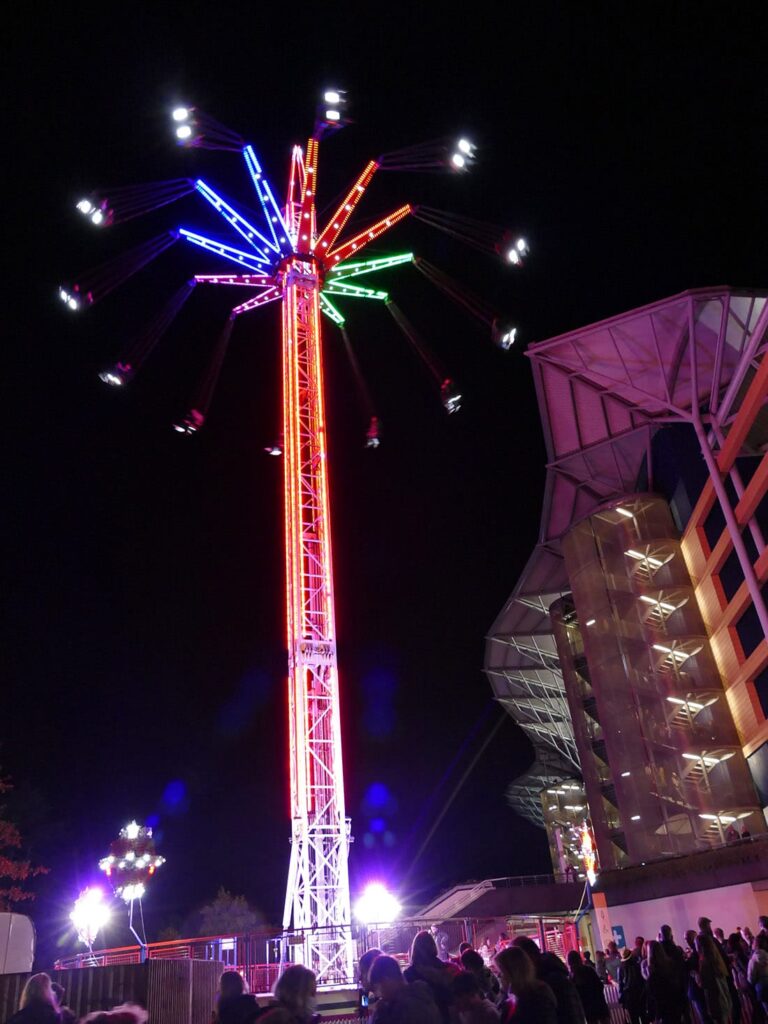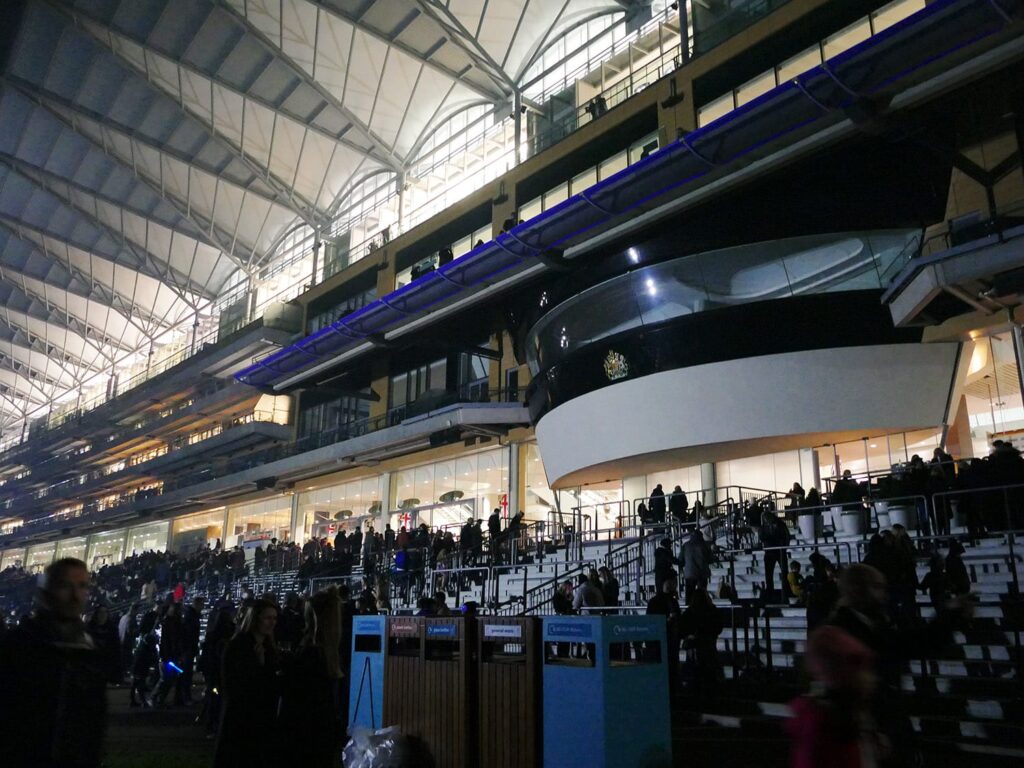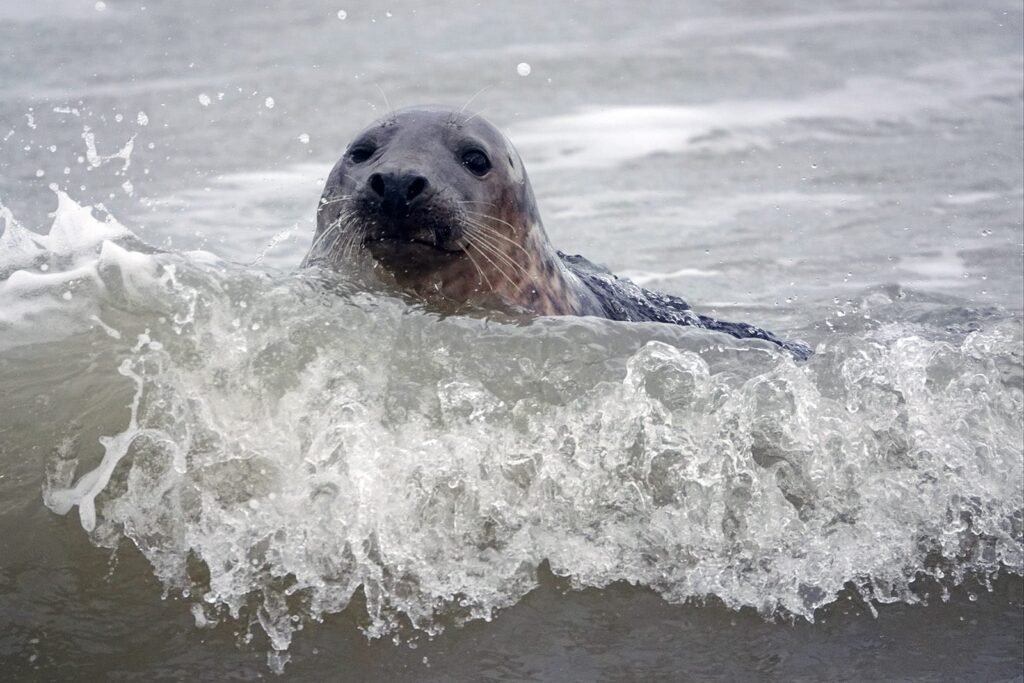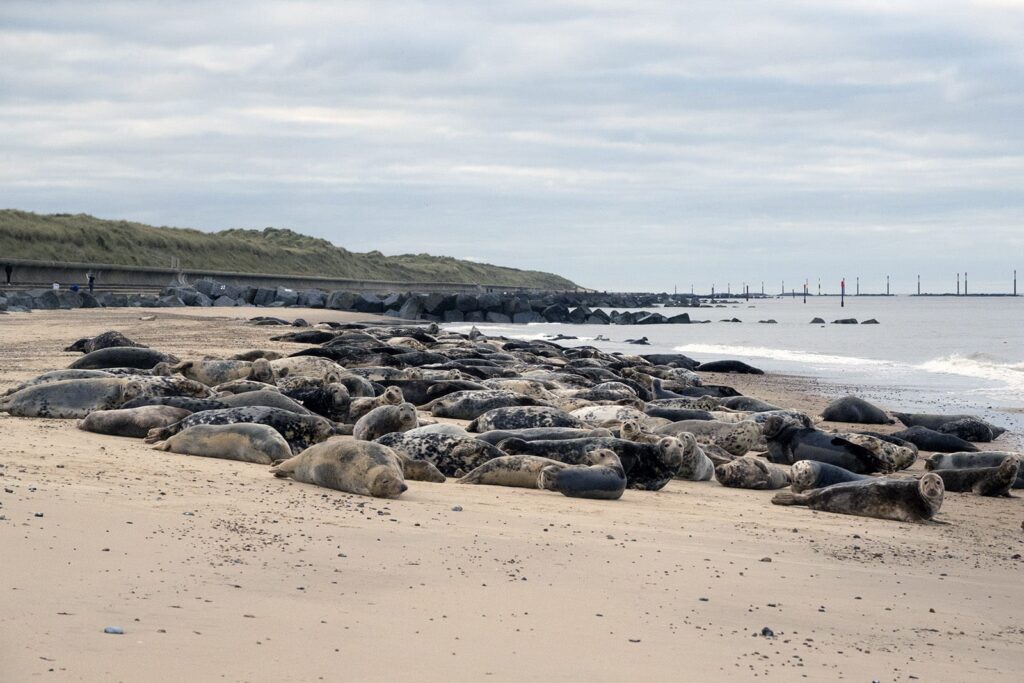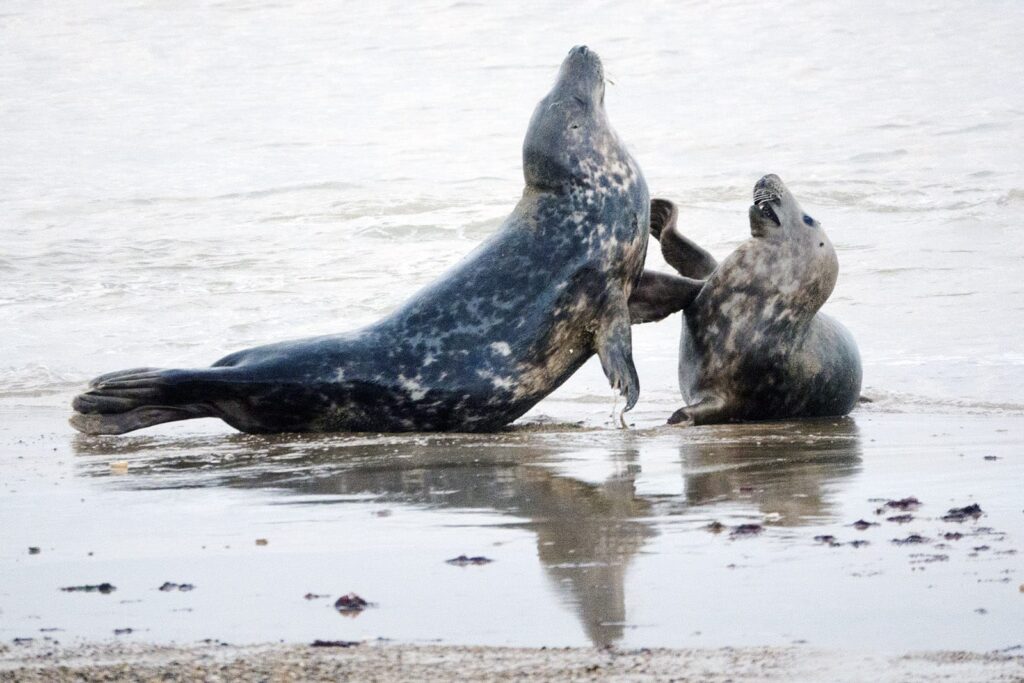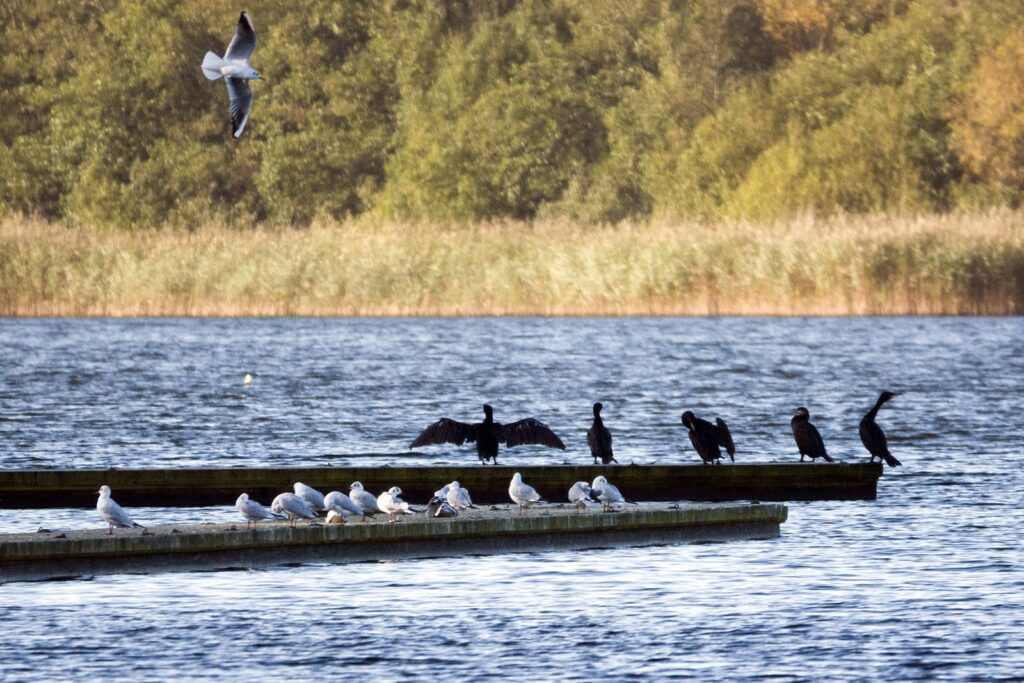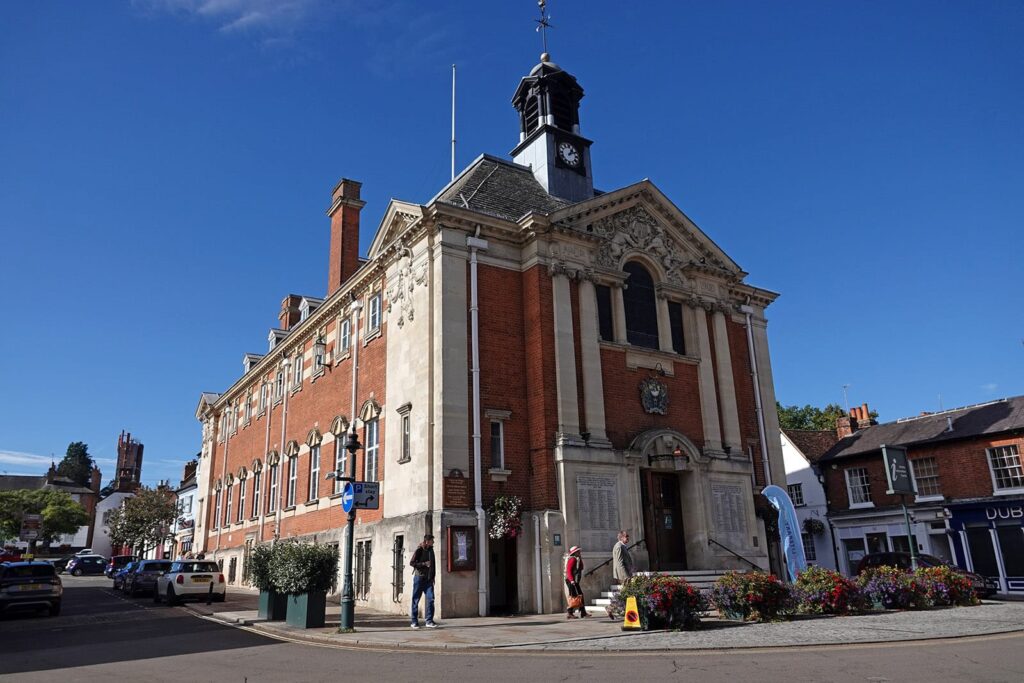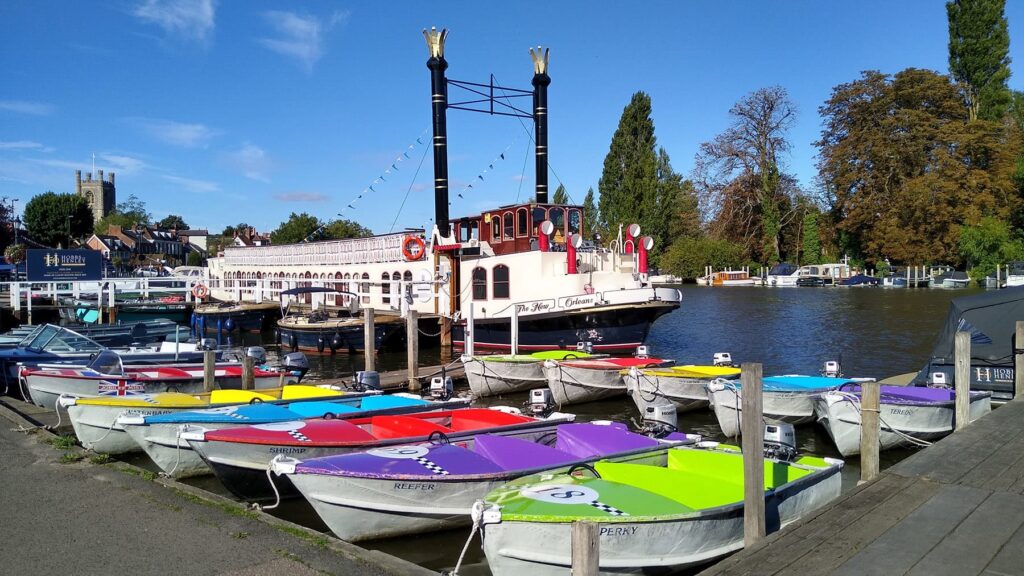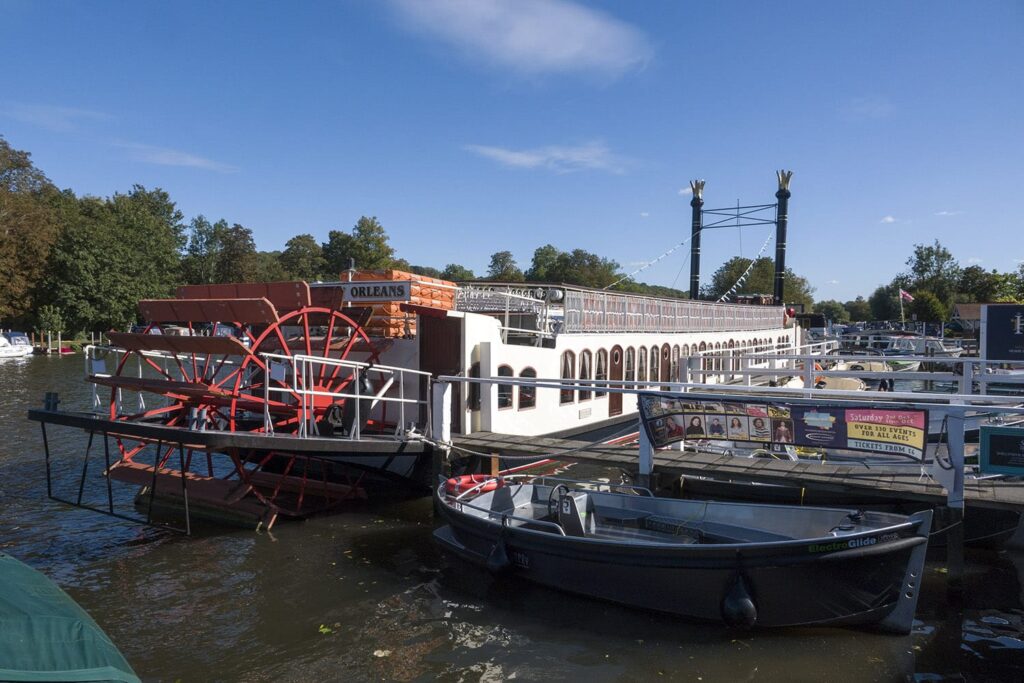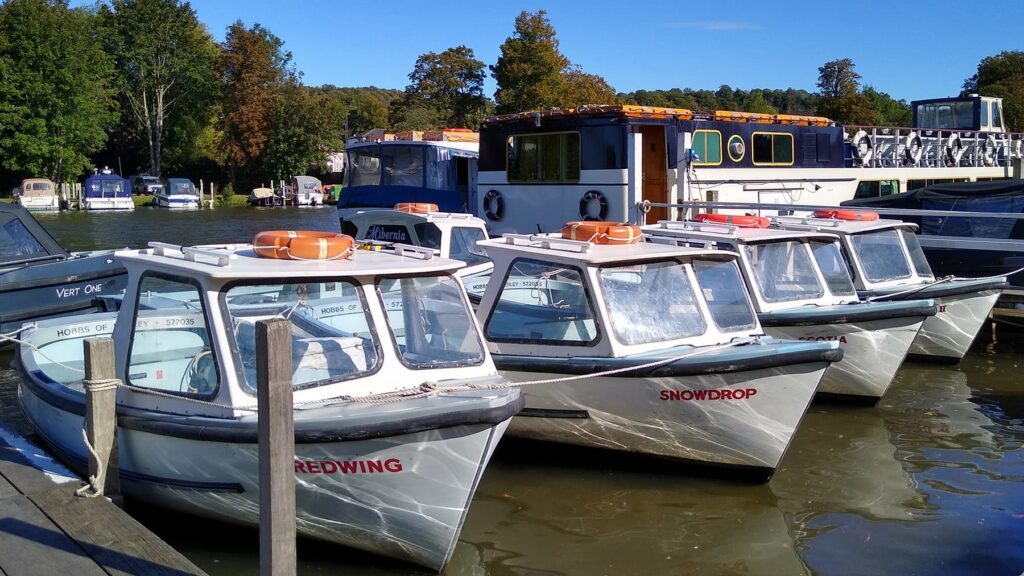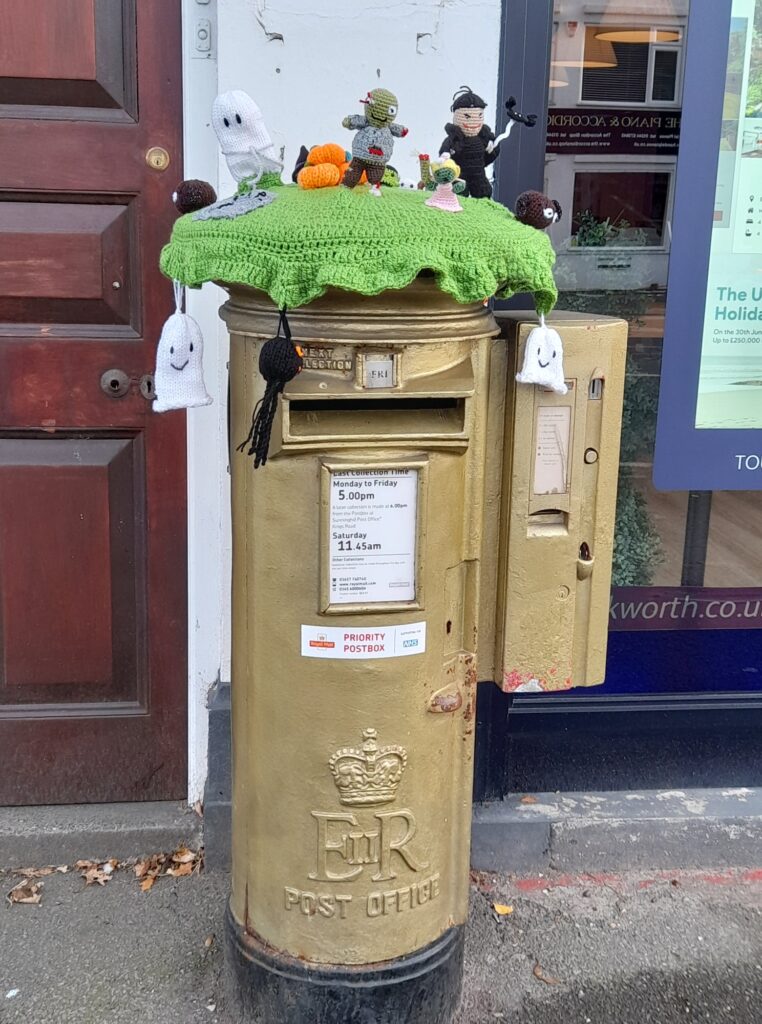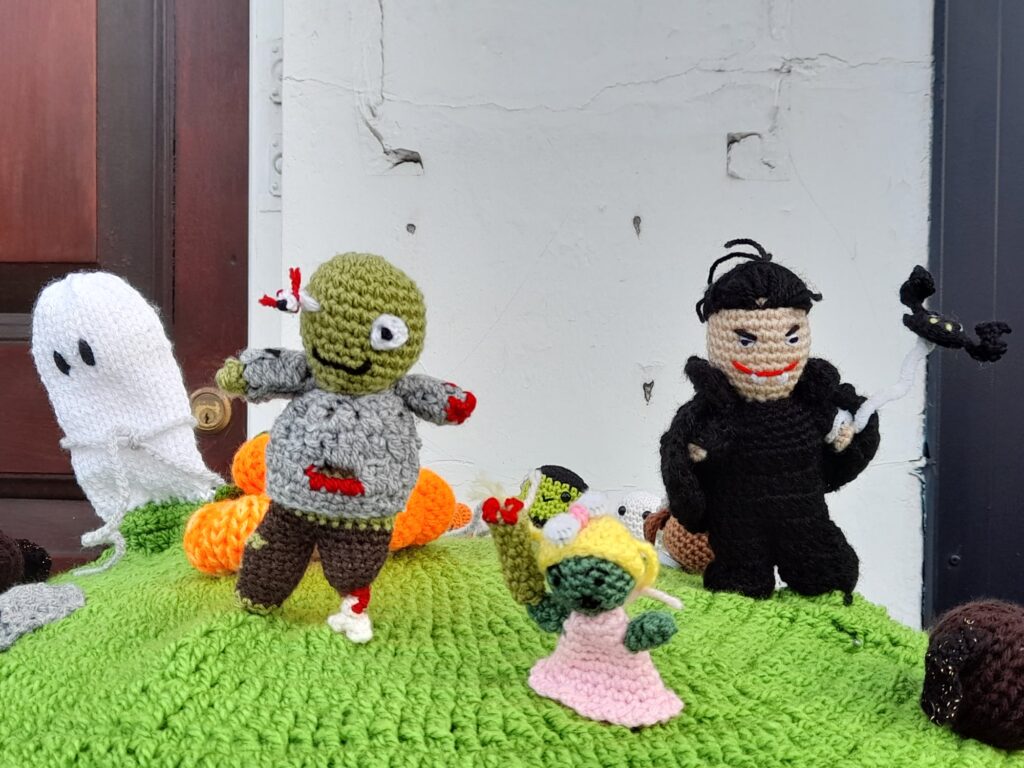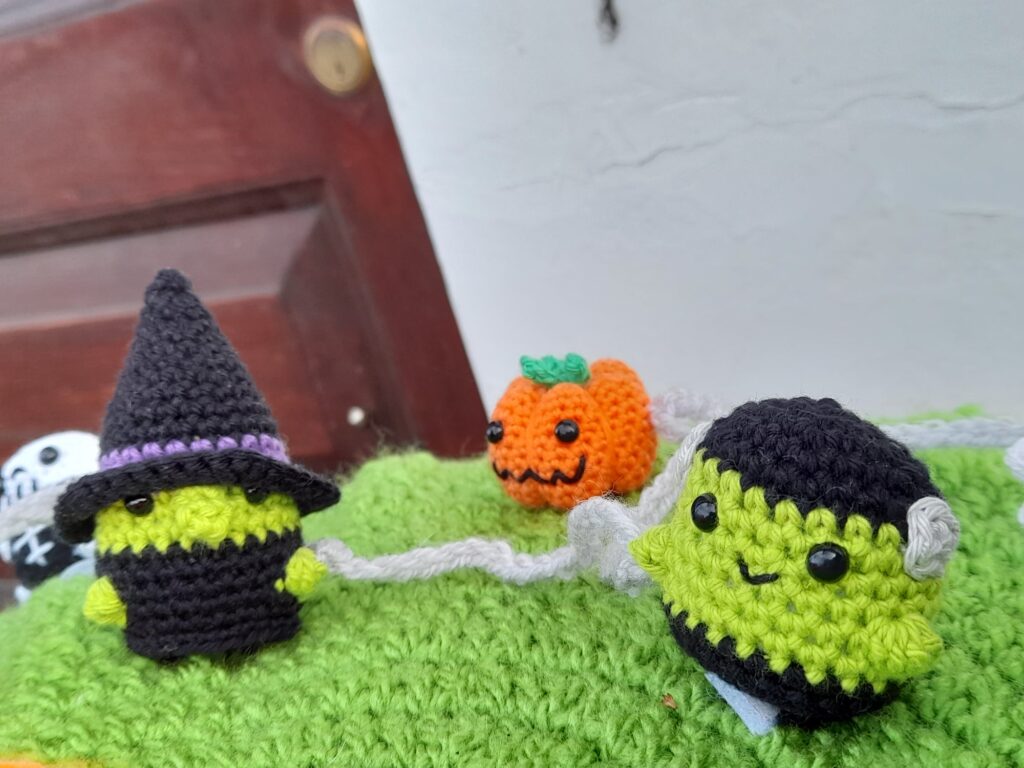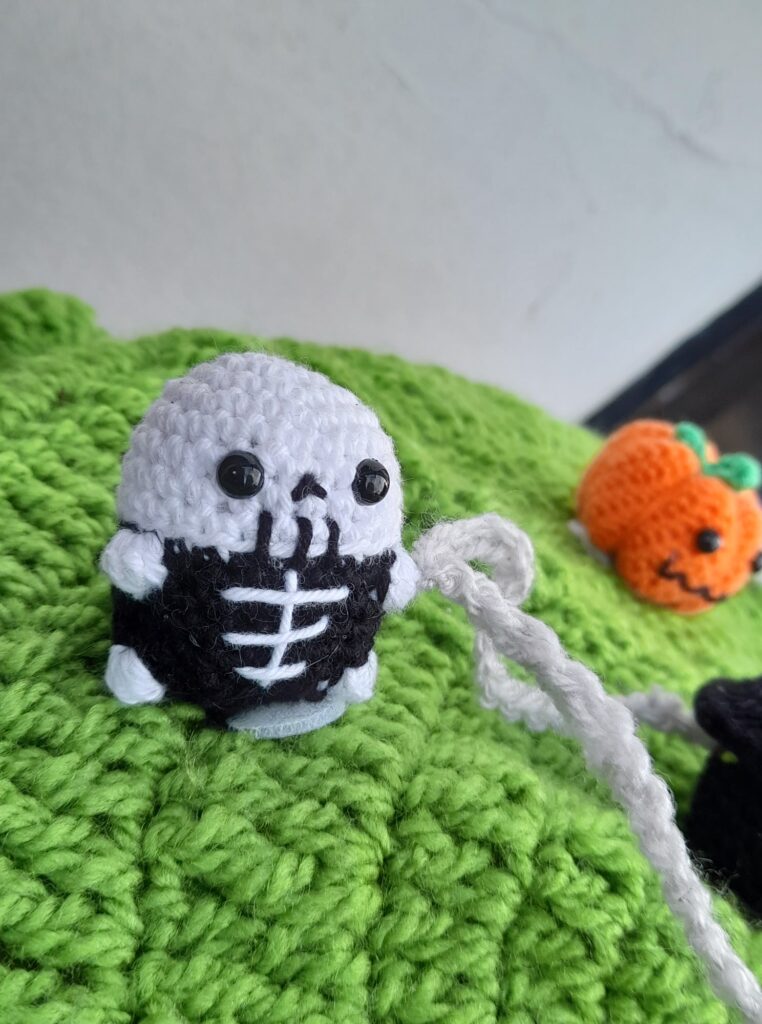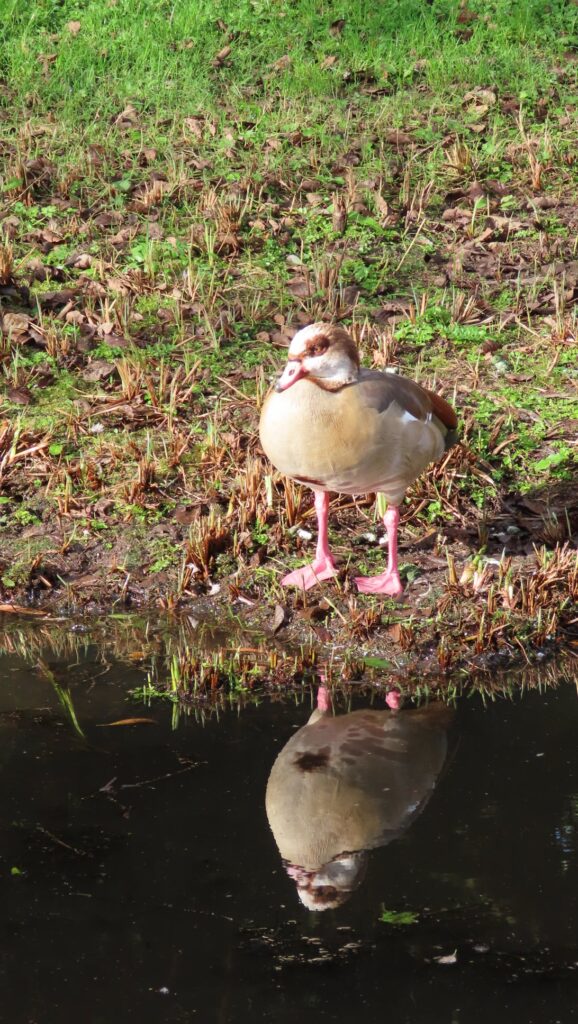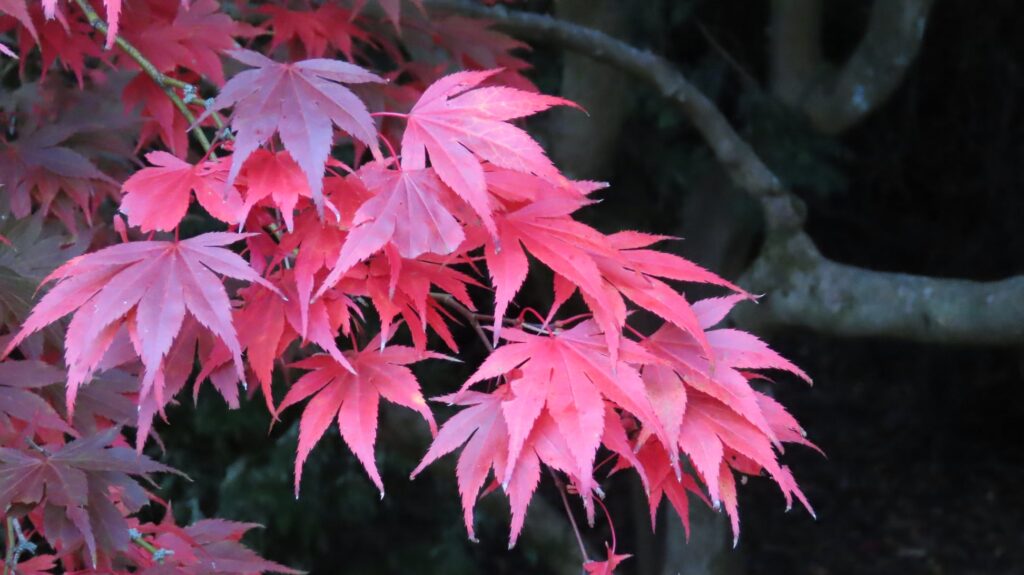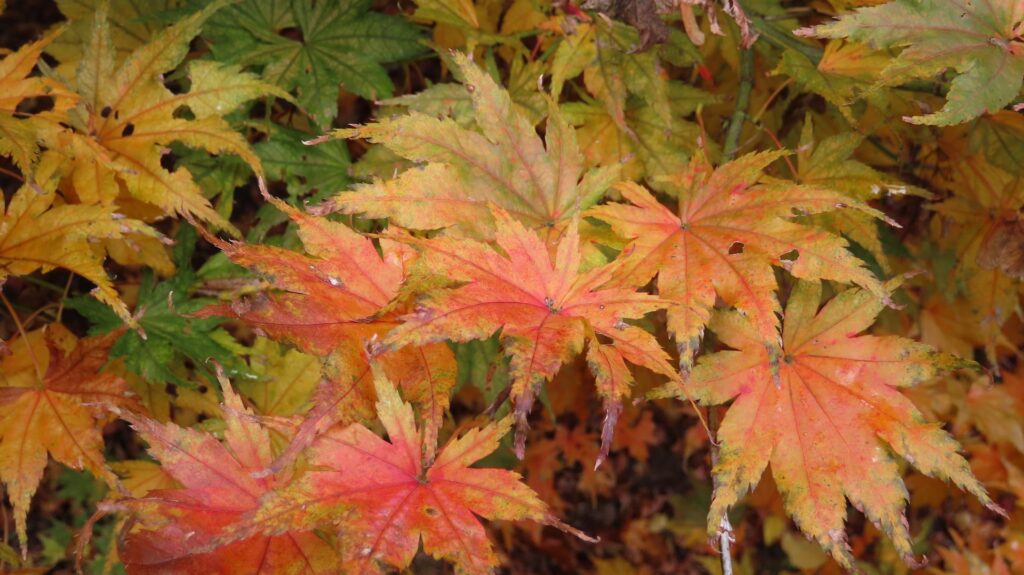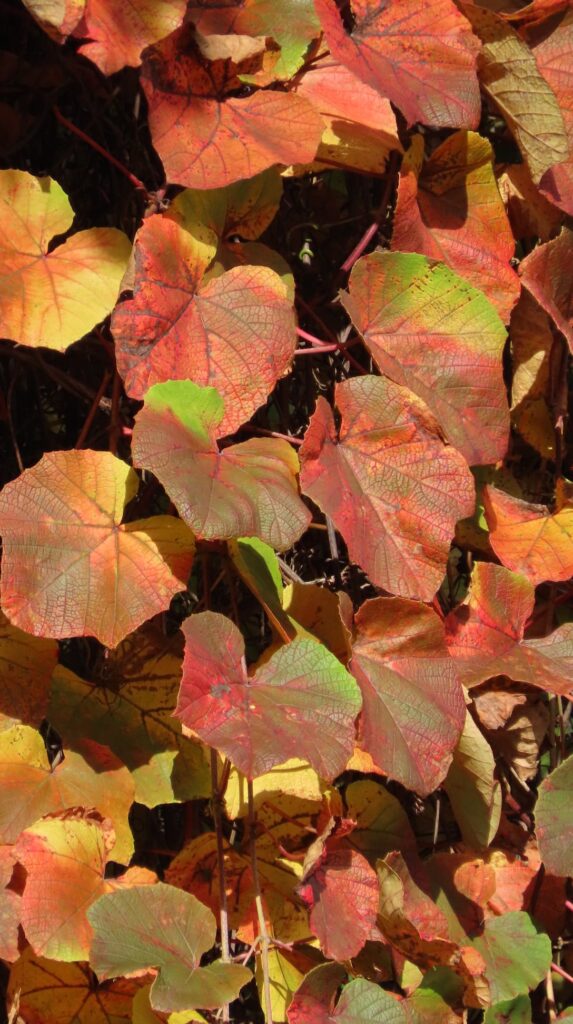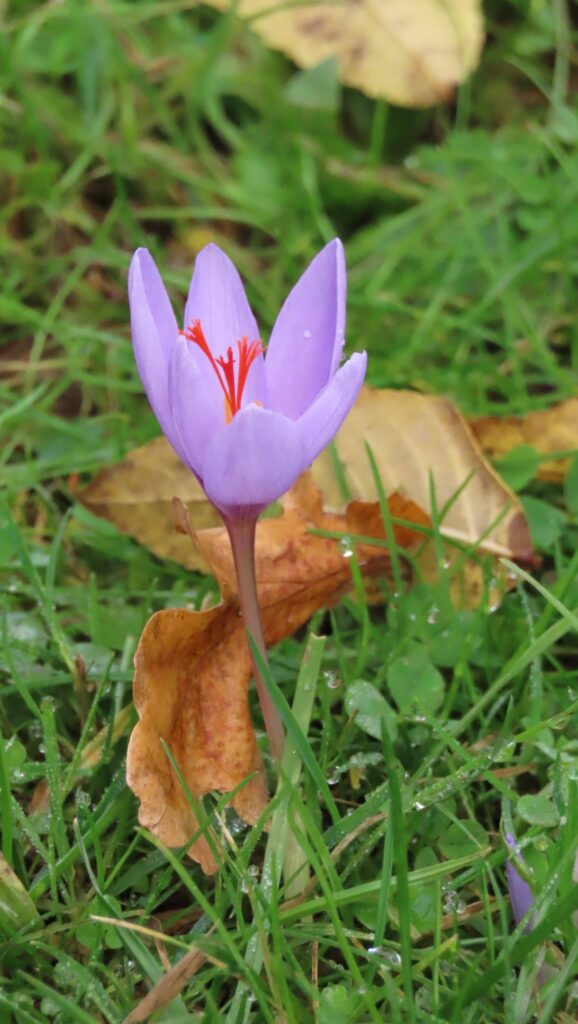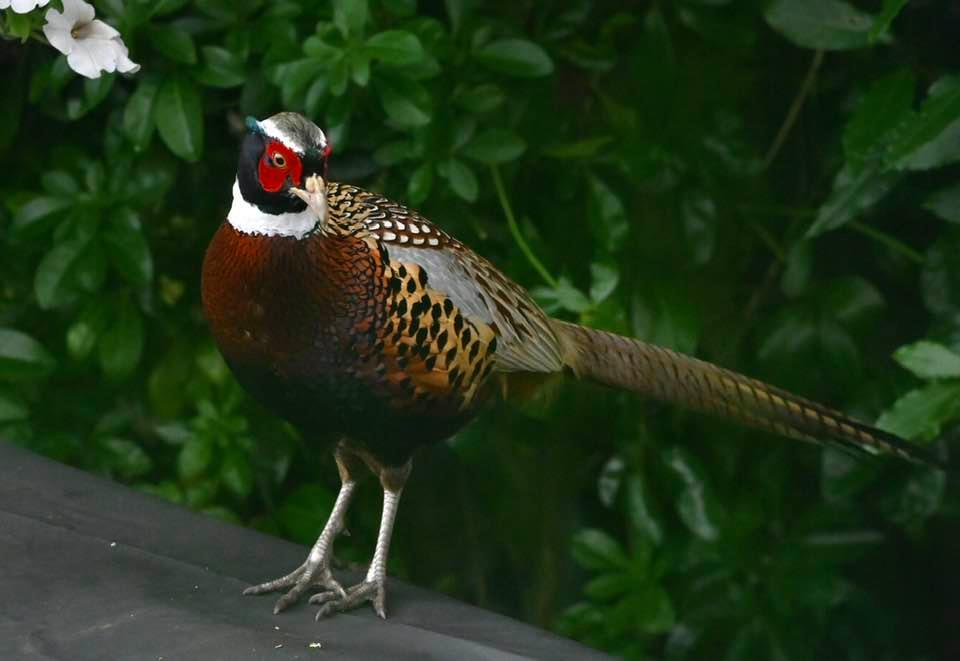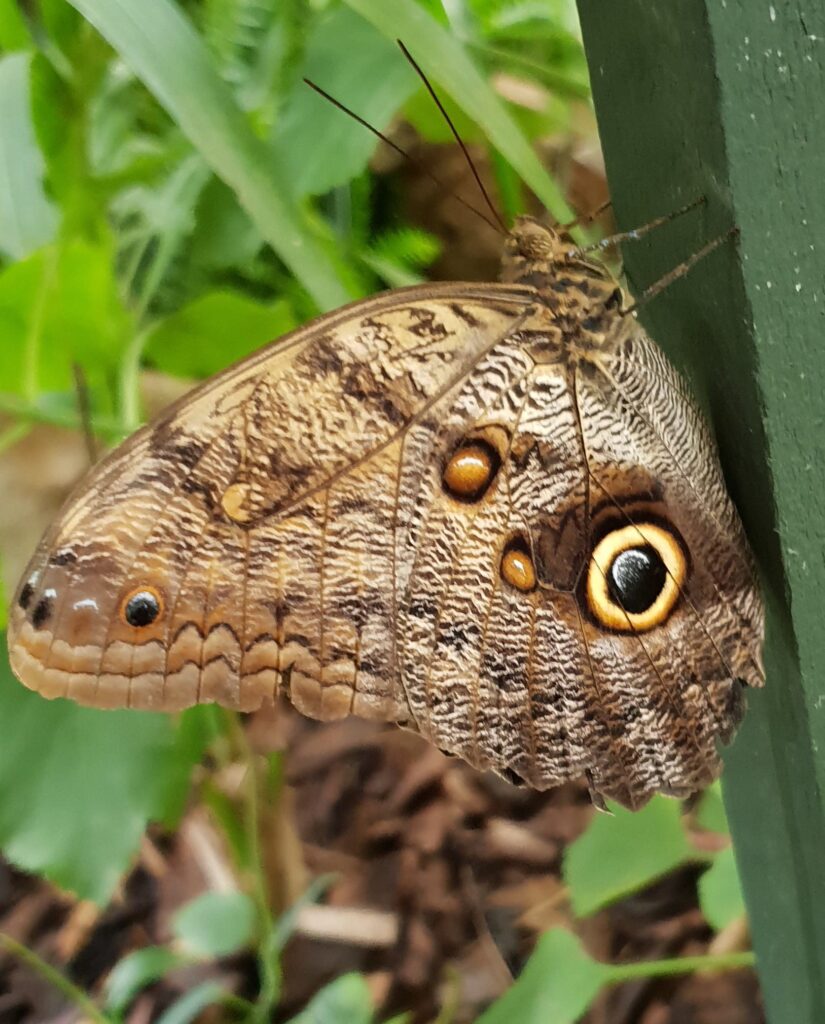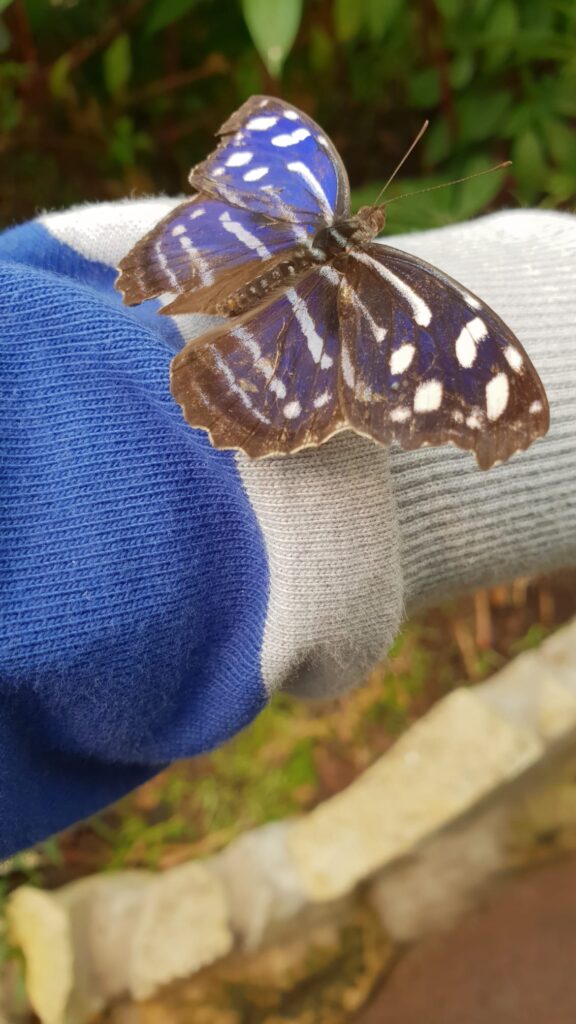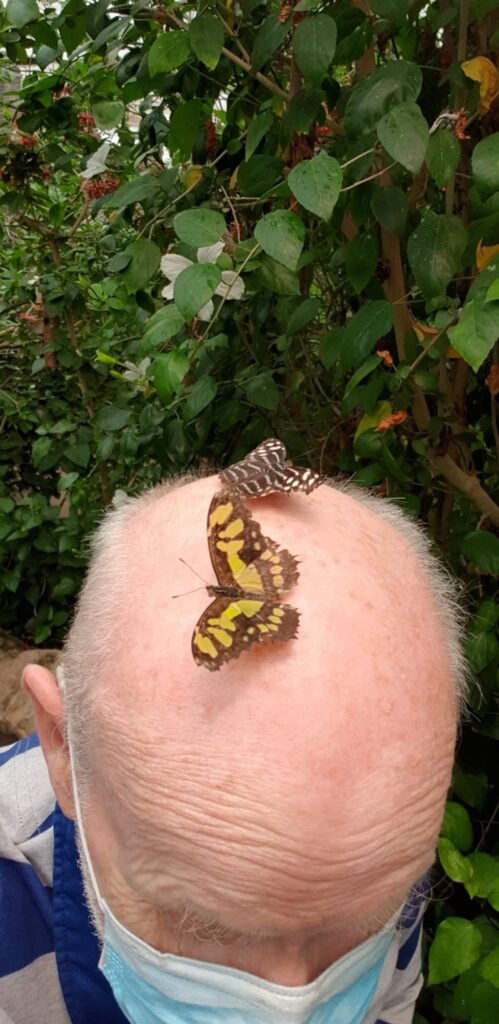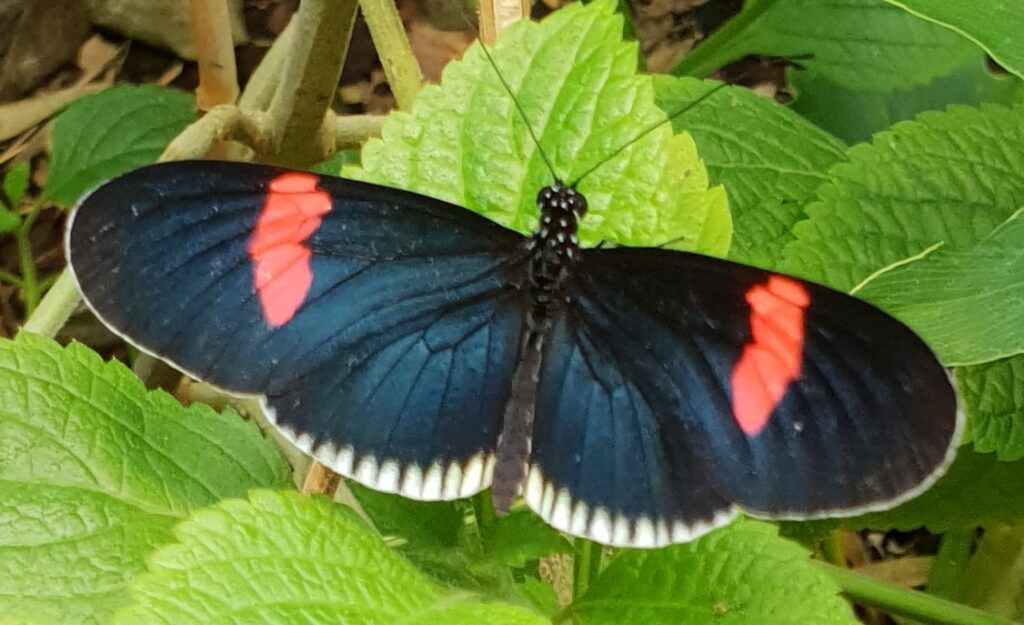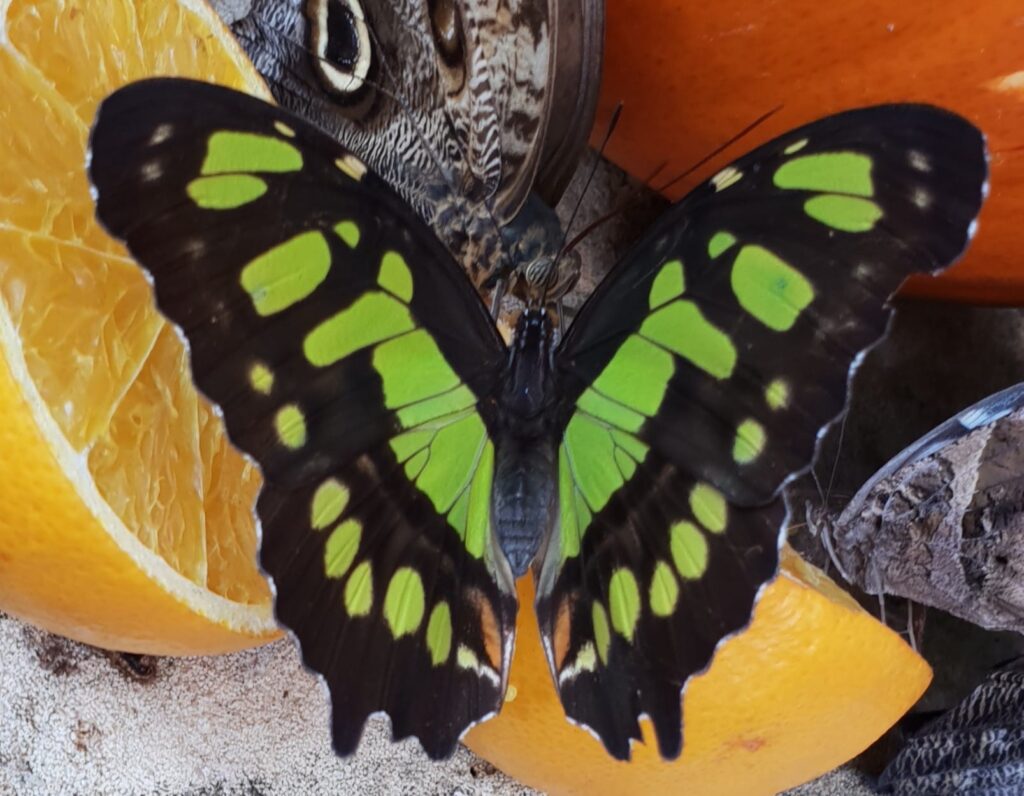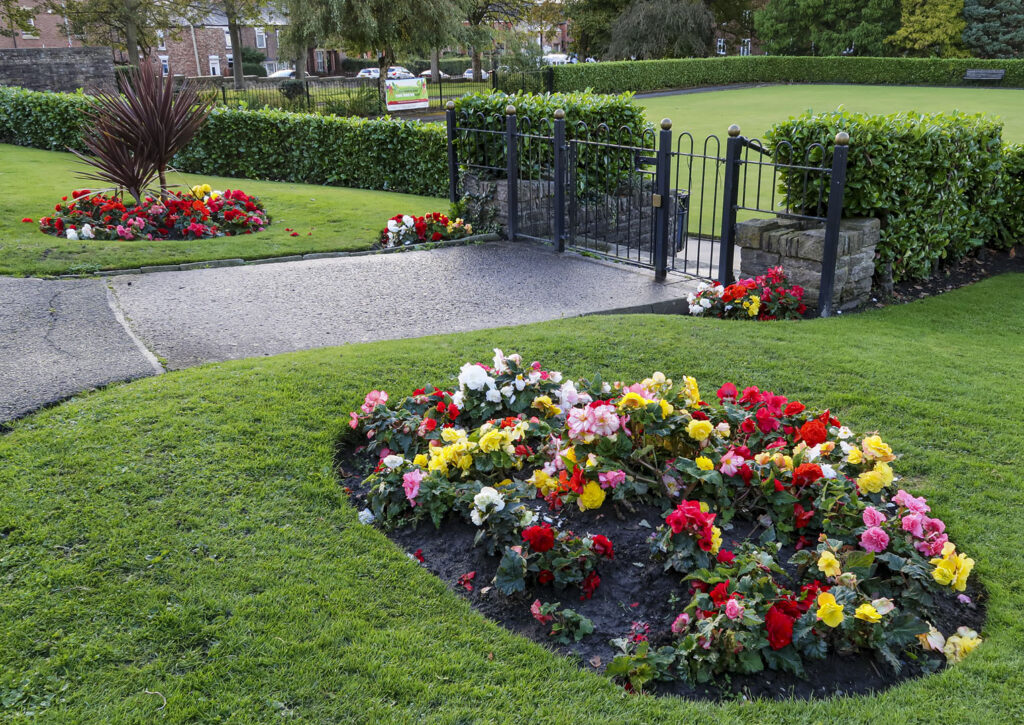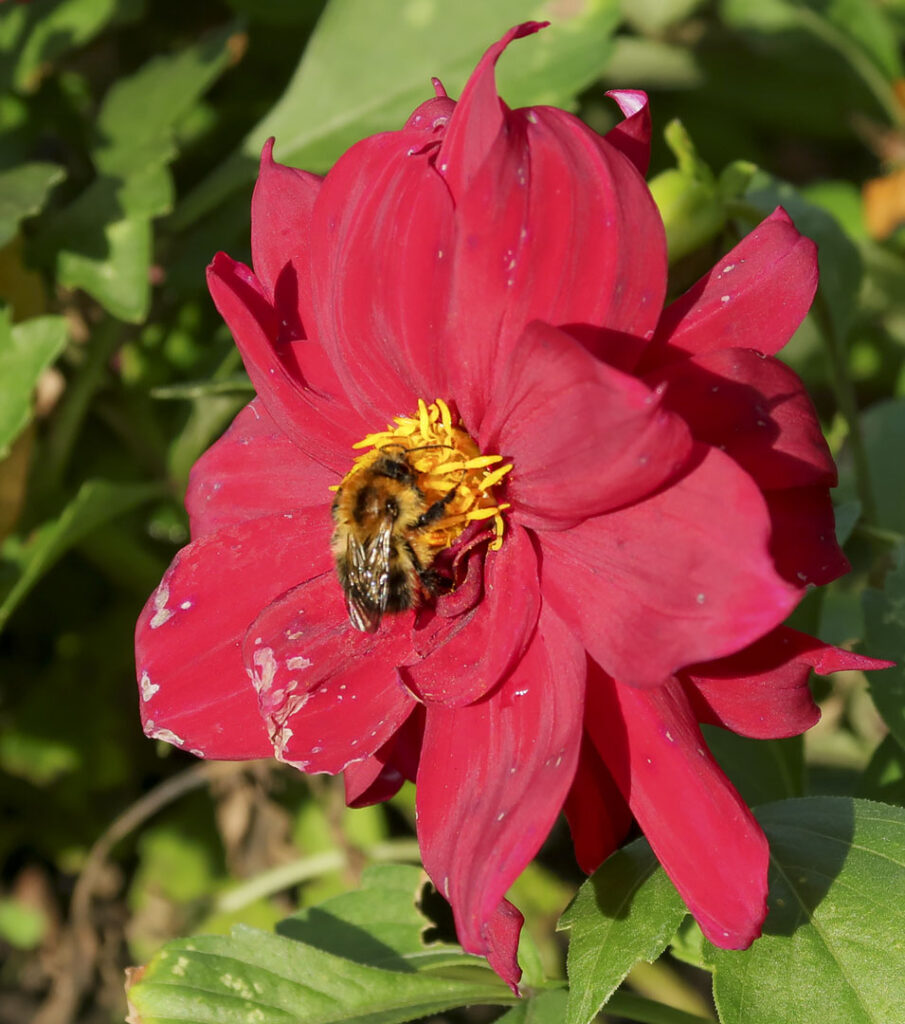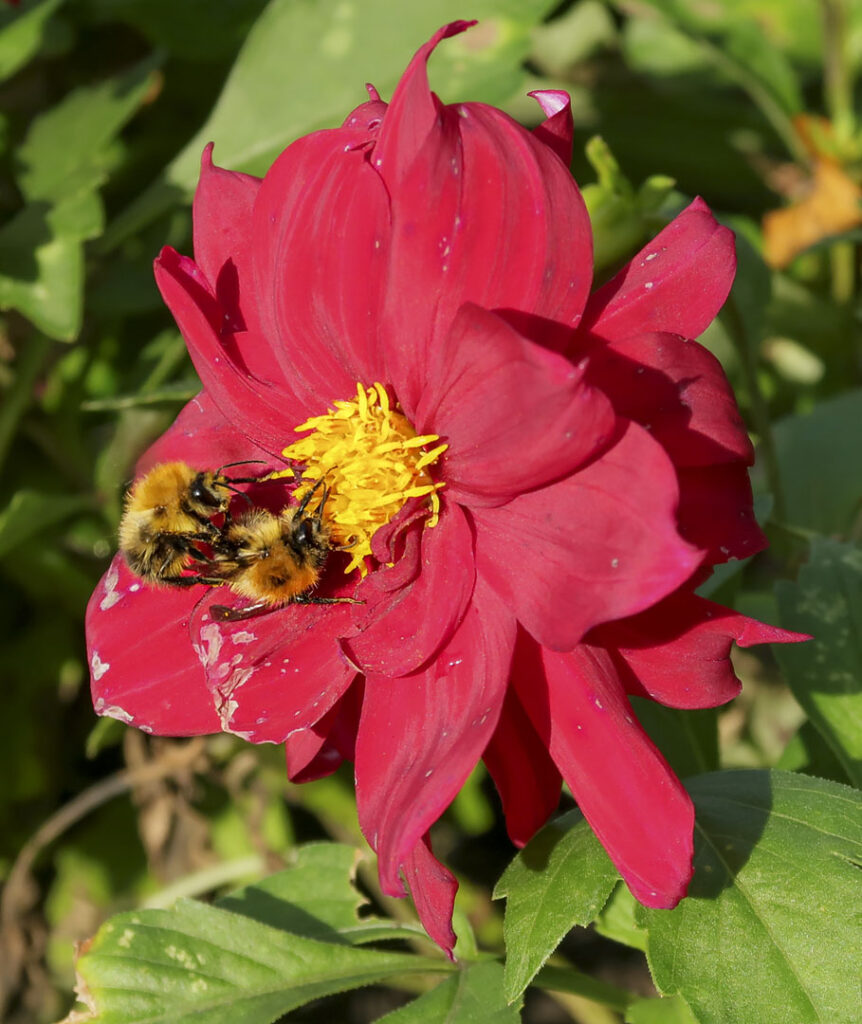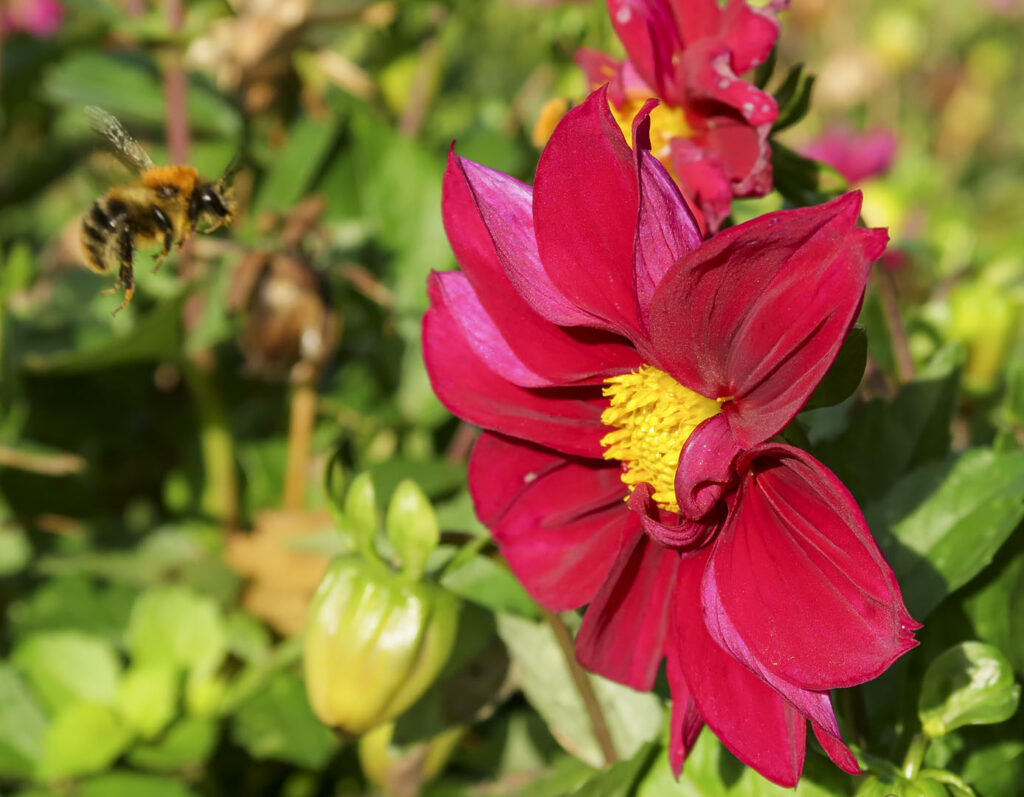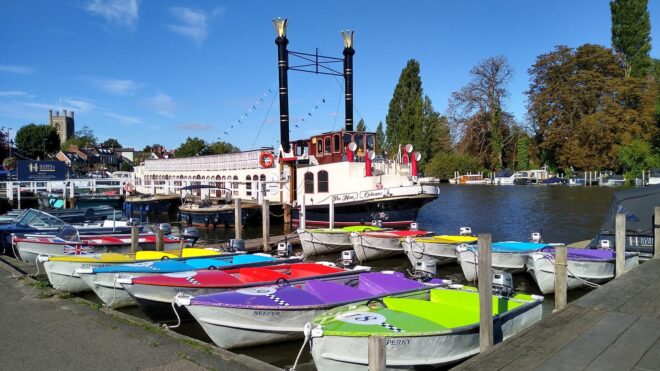
Our lead picture this month taken by Alan Wheeler in sunny and colourful Henley-on-Thames.
Windsor u3a members registered on this web site can log in to view Newsletters.
Explore London visit Museum of London and area
We are grateful to Alan Wheeler for his shots from a very enjoyable Explore London walk that I went on to the Museum of London and surrounding areas.
Temple Bar was the principal ceremonial entrance to the City of London from the City of Westminster. In the middle ages, London expanded city jurisdiction beyond its walls to gates, called ‘bars’, which were erected across thoroughfares. To the west of the City of London, the bar was located in the area known as the Temple. Temple Bar is situated on the historic royal ceremonial route from the Tower of London to the Palace of Westminster, the two chief residences of the medieval English monarchs, and from the Palace of Westminster to St Paul’s Cathedral.
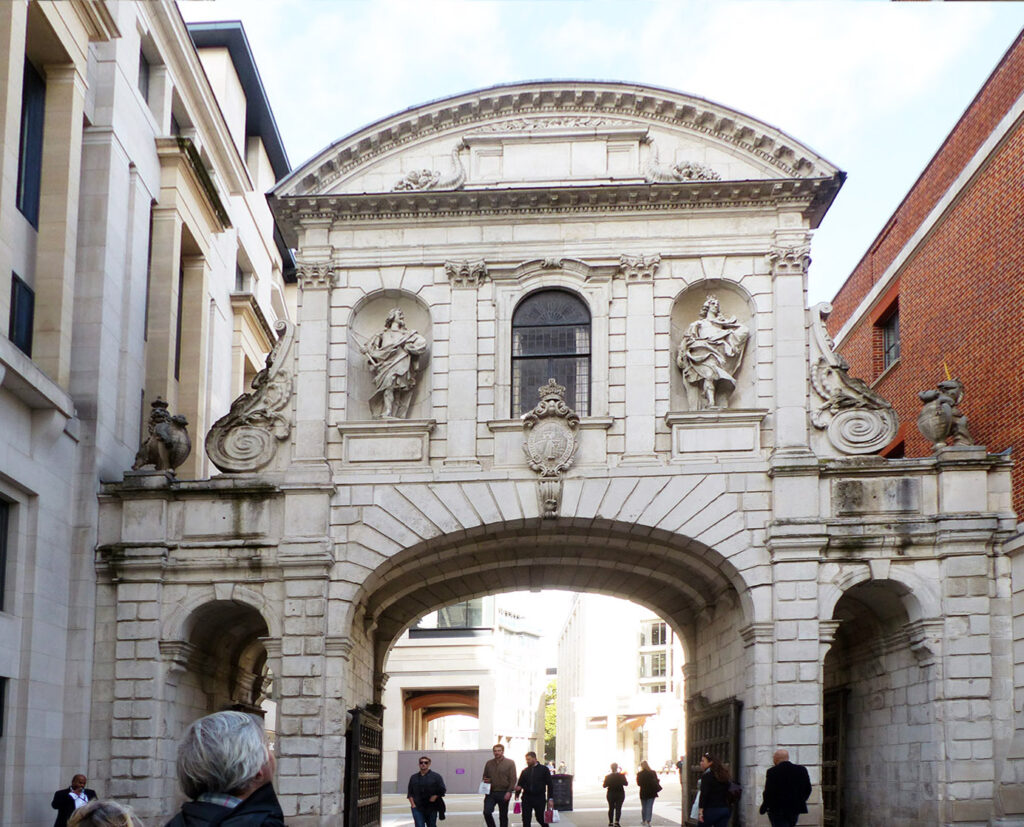
Paternoster Square next to St Paul’s Cathedral in the City of London. The area, which takes its name from Paternoster Row, once centre of the London publishing trade, was devastated by aerial bombardment in The Blitz during the Second World War. It is now the location of the London Stock Exchange which relocated there from Threadneedle Street in 2004.
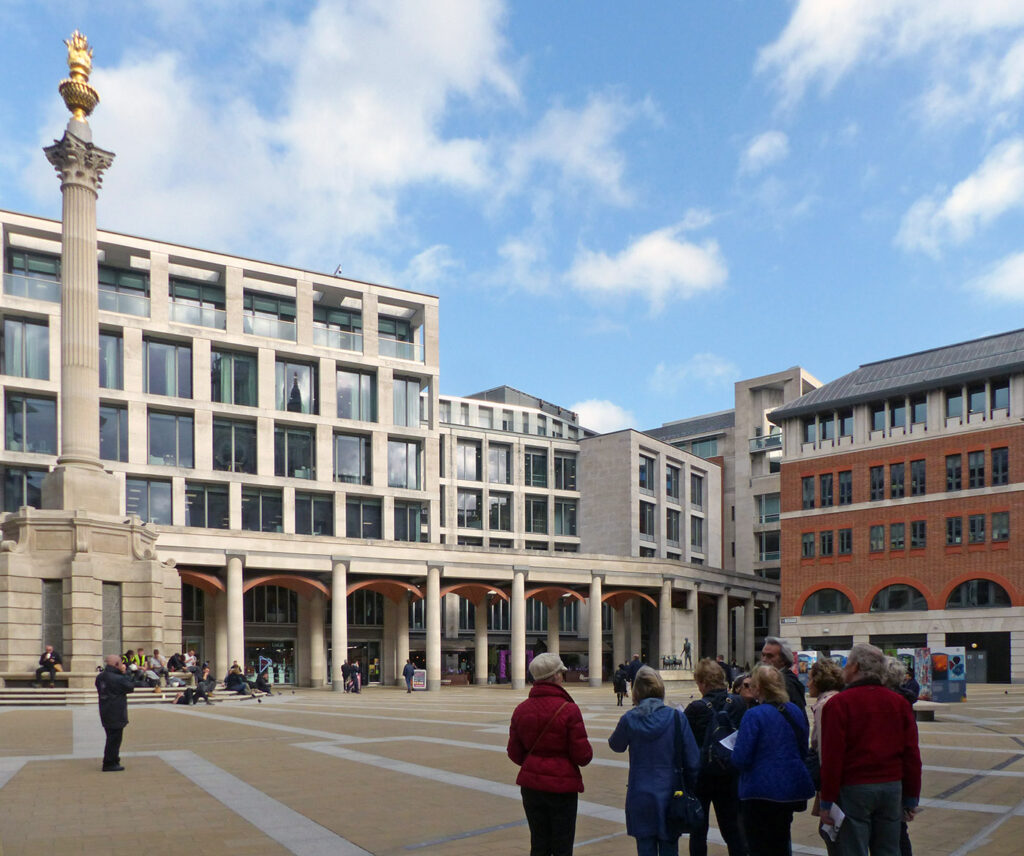
Paternoster sculpture by Elisabeth Frink, installed in Paternoster Square near St Paul’s Cathedral The subject of the statue reflects the former use of Paternoster Row as the site of Newgate Market for the sale of livestock and meat.
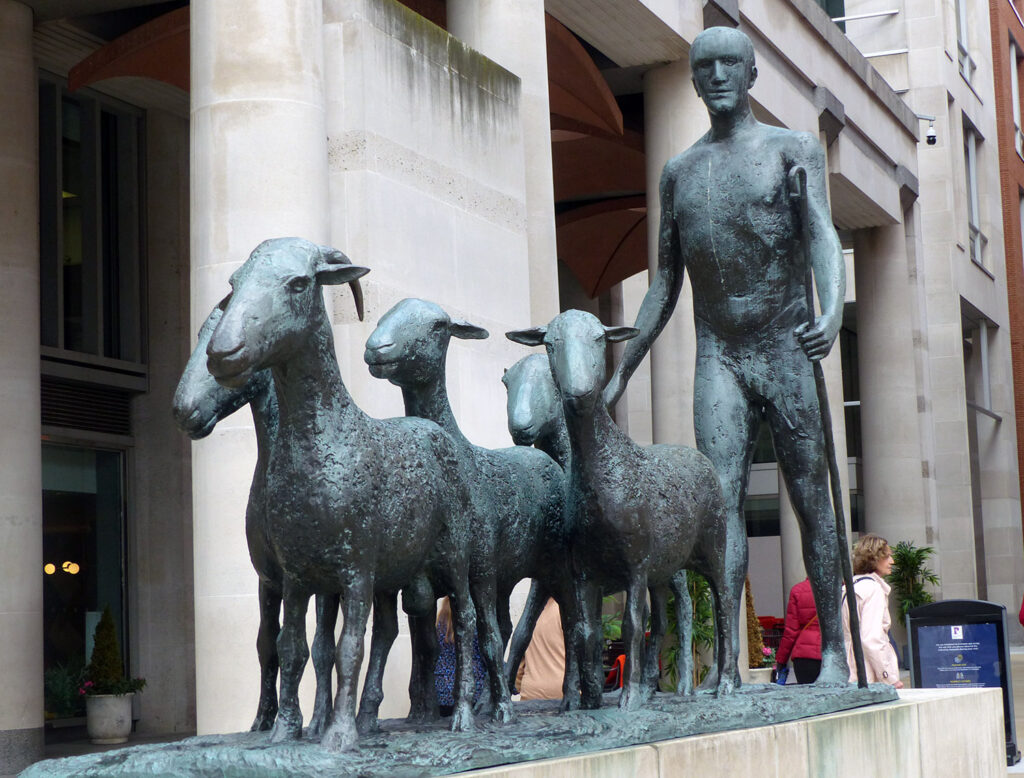
The London Wall was a defensive wall first built by the Romans around the strategically important port town of Londinium in c. AD 200. It has origins as an initial mound wall and ditch from c. AD 100[3] and an initial fort, now called Cripplegate fort after the city gate that was positioned within its northern wall later on, built in 120-150[4] where it was then expanded upon by Roman builders into a city-wide defence.
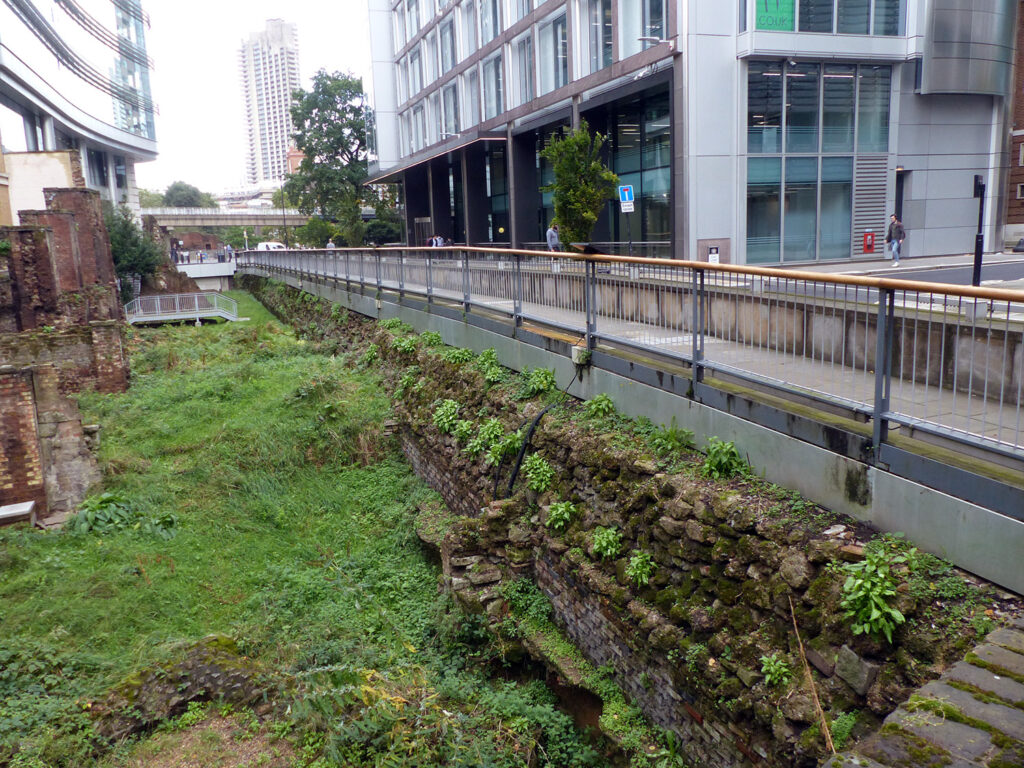
Noble Street William Shakespeare became a lodger in a house here around 1603. The house was leased by Christopher Mountjoy, a manufacturer of headpieces, and his family. The evidence for this is the poet’s appearance in a civil suit of 1612, in which Mountjoy was sued for his daughter’s unpaid marriage portion in the Court of Requests. It is the only actual known London address for Shakespeare.
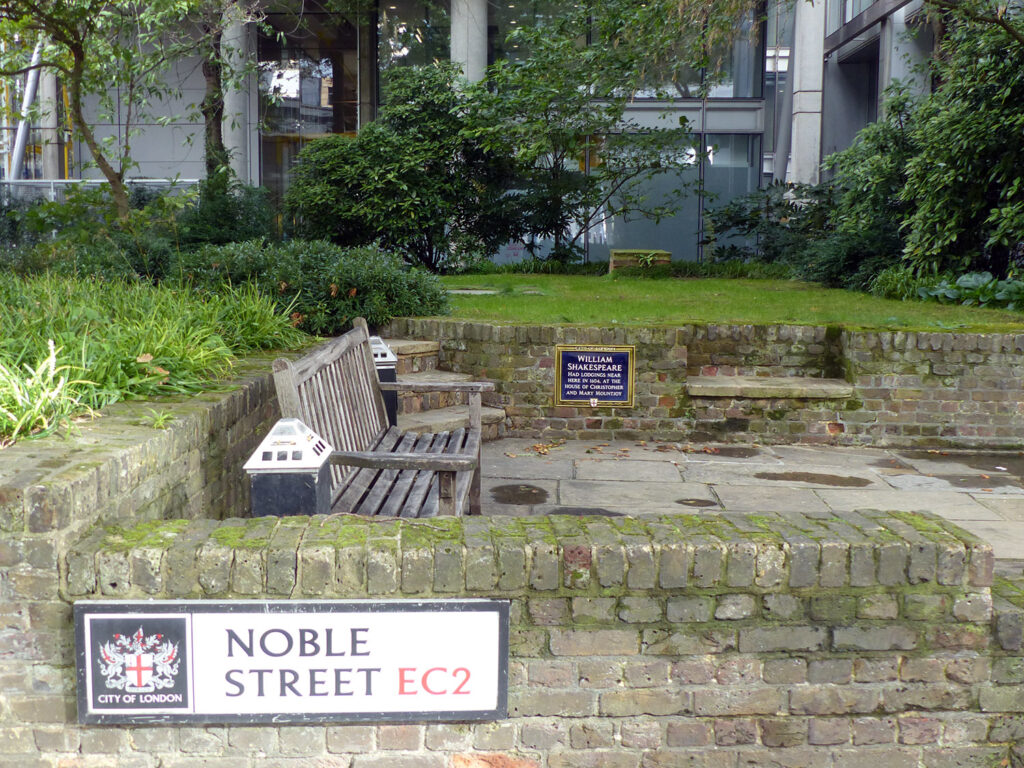
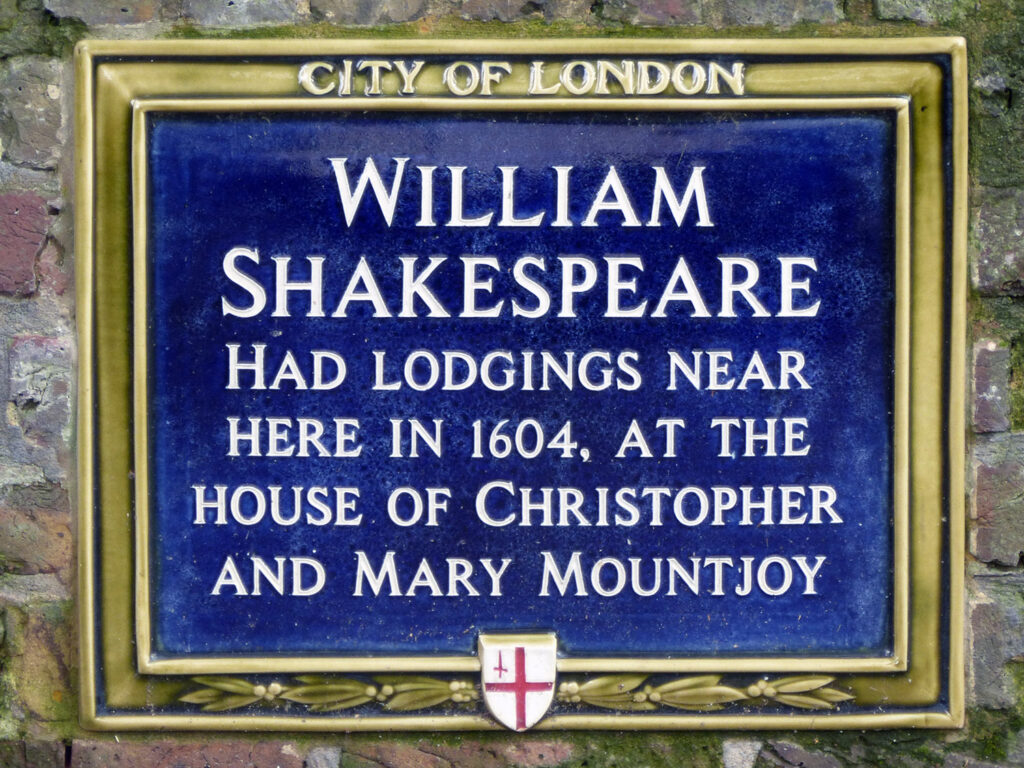
Rose Theatre model The Rose was an Elizabethan theatre built in 1587 by Philip Henslowe on Bankside — an area already rich in other ‘leisure attractions’ such as brothels, gaming dens and bull/bear-baiting arenas. Although the opening of the Globe in 1599 signalled the Rose Theatre’s demise, it remains London’s most historic theatre, the first Elizabethan theatre on Bankside and home to many of William Shakespeare’s and Christopher Marlowe’s first productions.
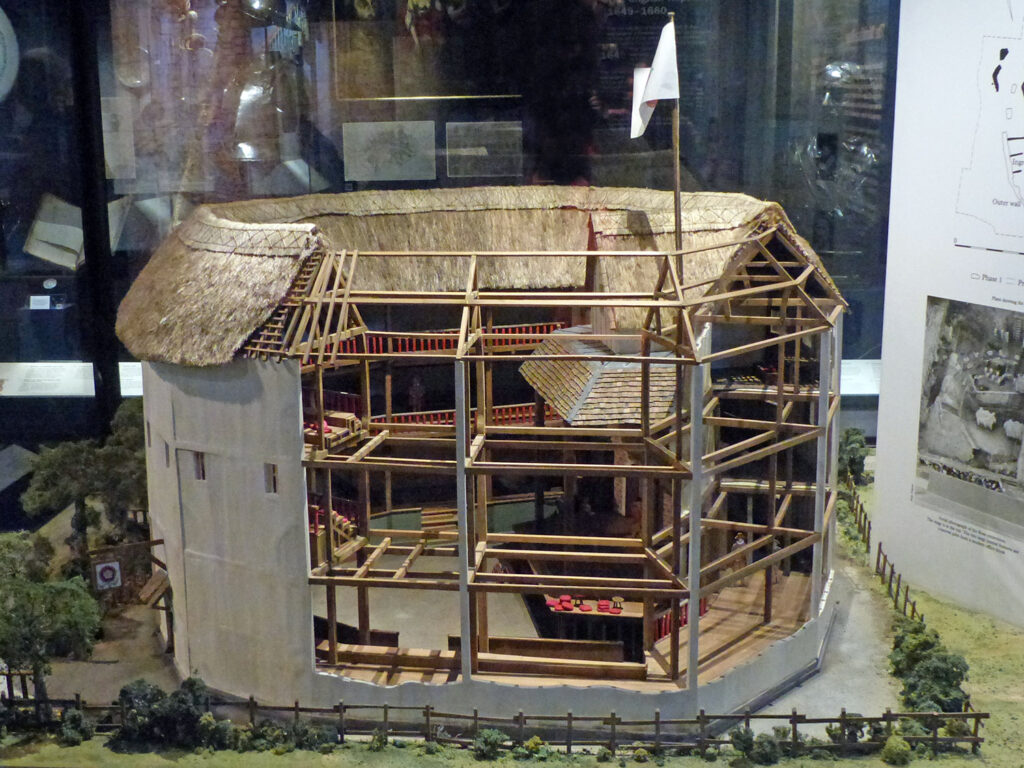
Old St Paul’s Cathedral was the cathedral of the City of London that, until the Great Fire of 1666, stood on the site of the present St Paul’s Cathedral. Built from 1087 to 1314. Work took over 200 years, and was delayed by another fire in 1135. The church was consecrated in 1240, enlarged in 1256 and again in the early 1300s. At its completion in the mid-1300s, the cathedral was one of the longest churches in the world, had one of the tallest spires and some of the finest stained glass.
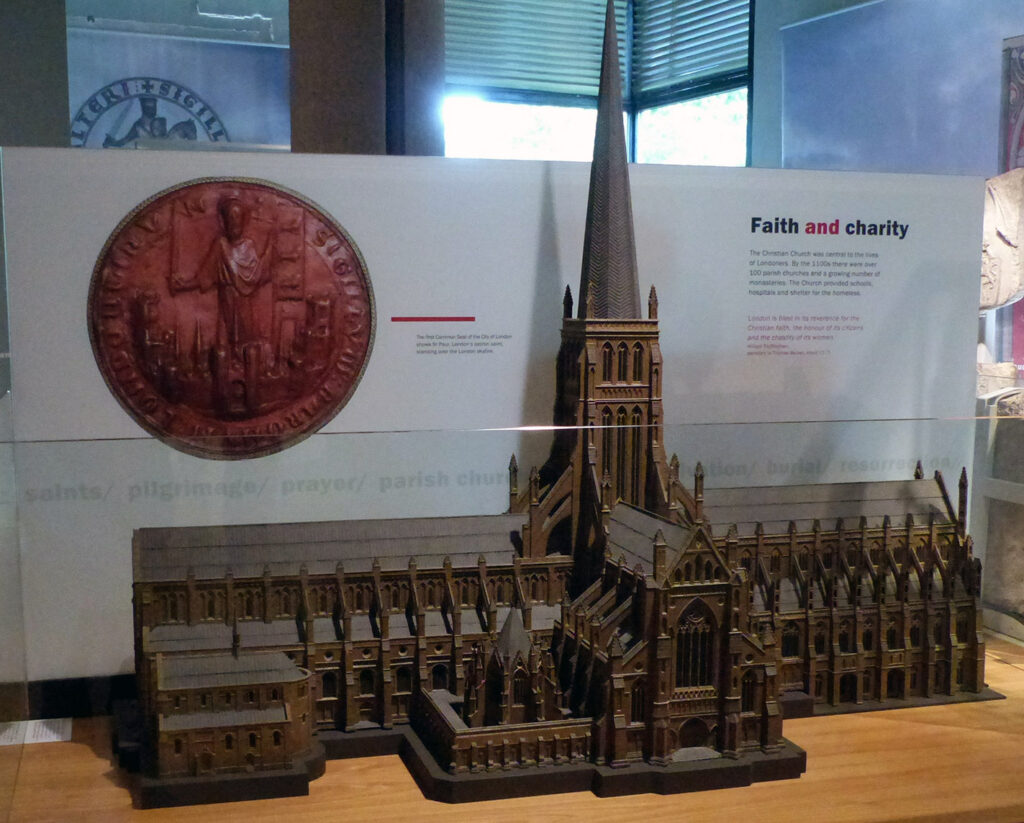
2012 Summer Olympics and Paralympics cauldron was used for the Olympic flame during the Summer Olympics and Paralympics of London 2012. The cauldron was designed by Thomas Heatherwick and described as “one of the best-kept secrets of the opening ceremony”: until it was lit during the Olympics ceremony, neither its design and location, nor who would light it, had been revealed. For the Olympics it consisted of 204 individual ‘petals’, and for the Paralympics 164, one for each competing nation.
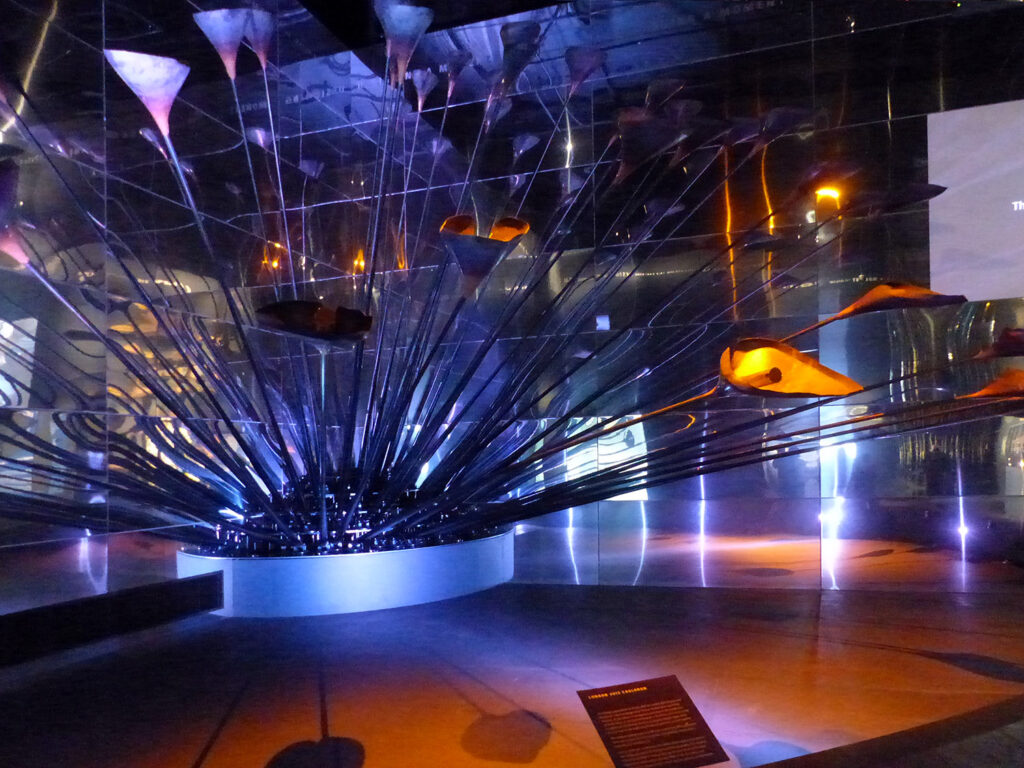
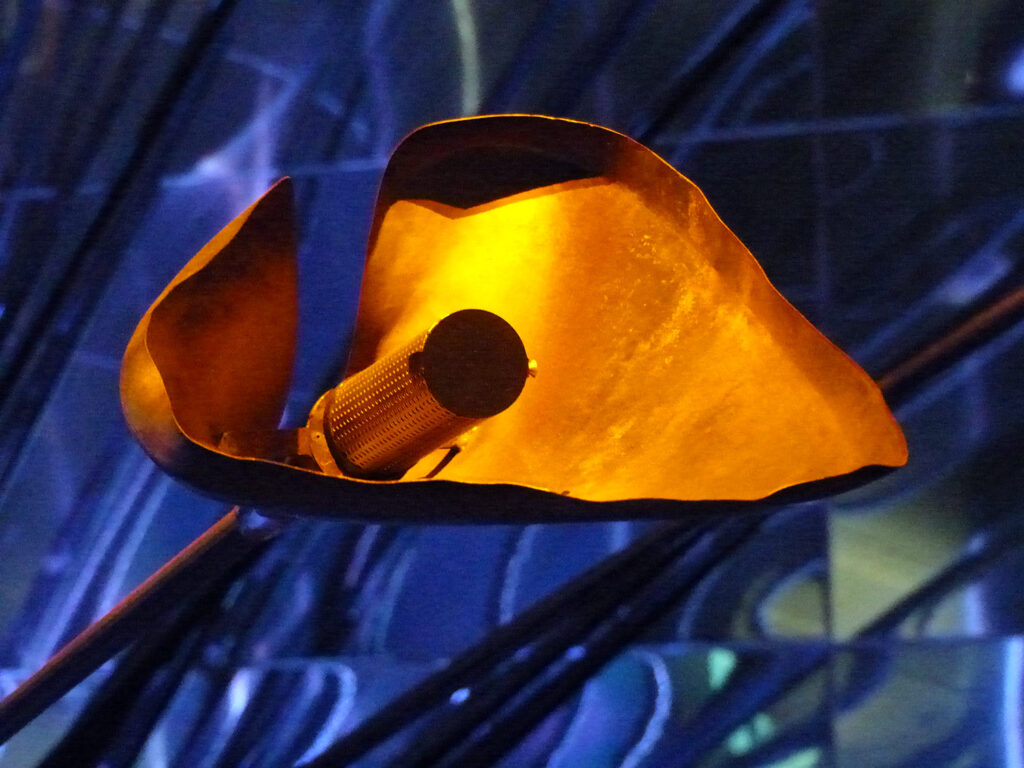
A few more from the Museum itself …
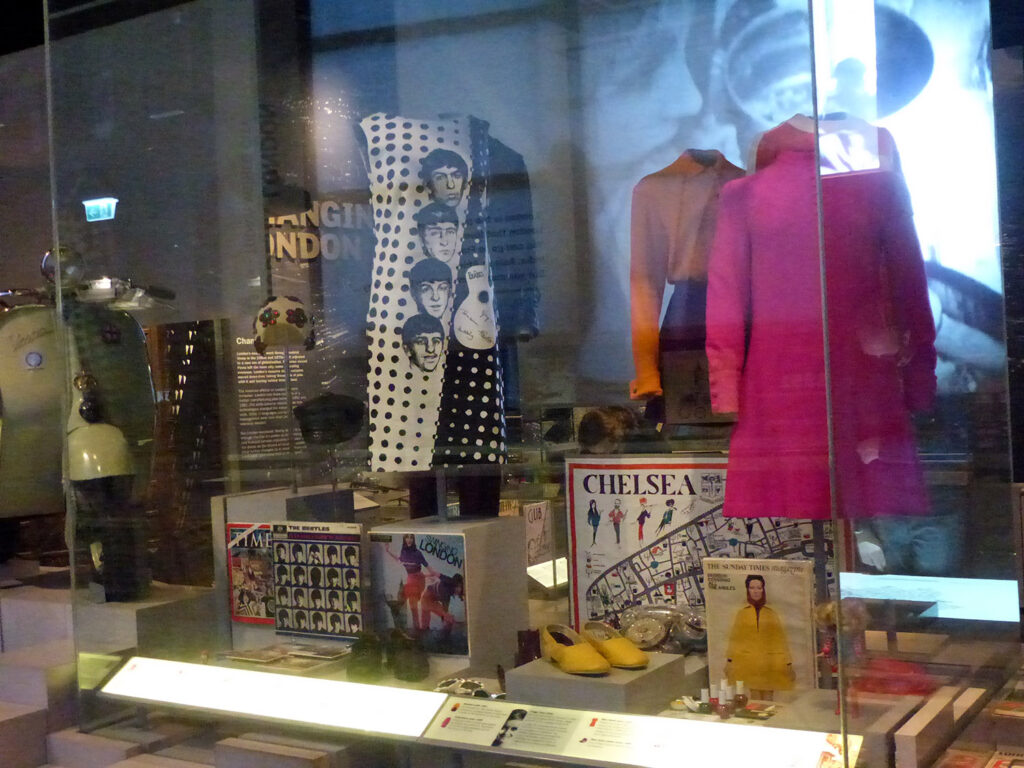
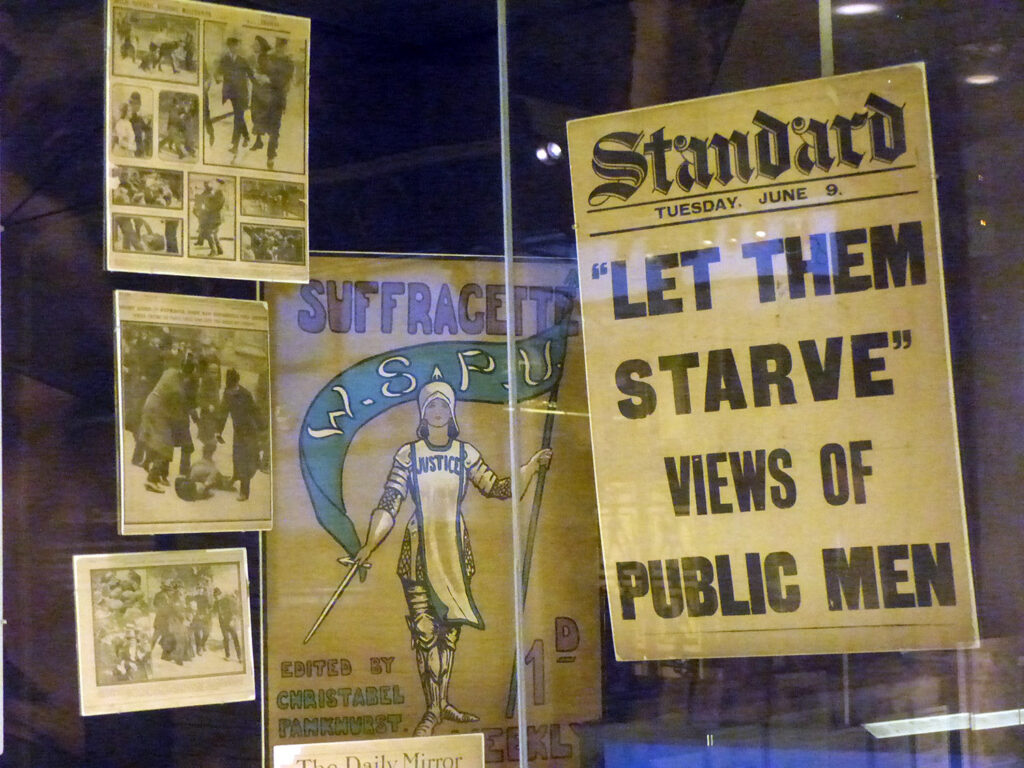
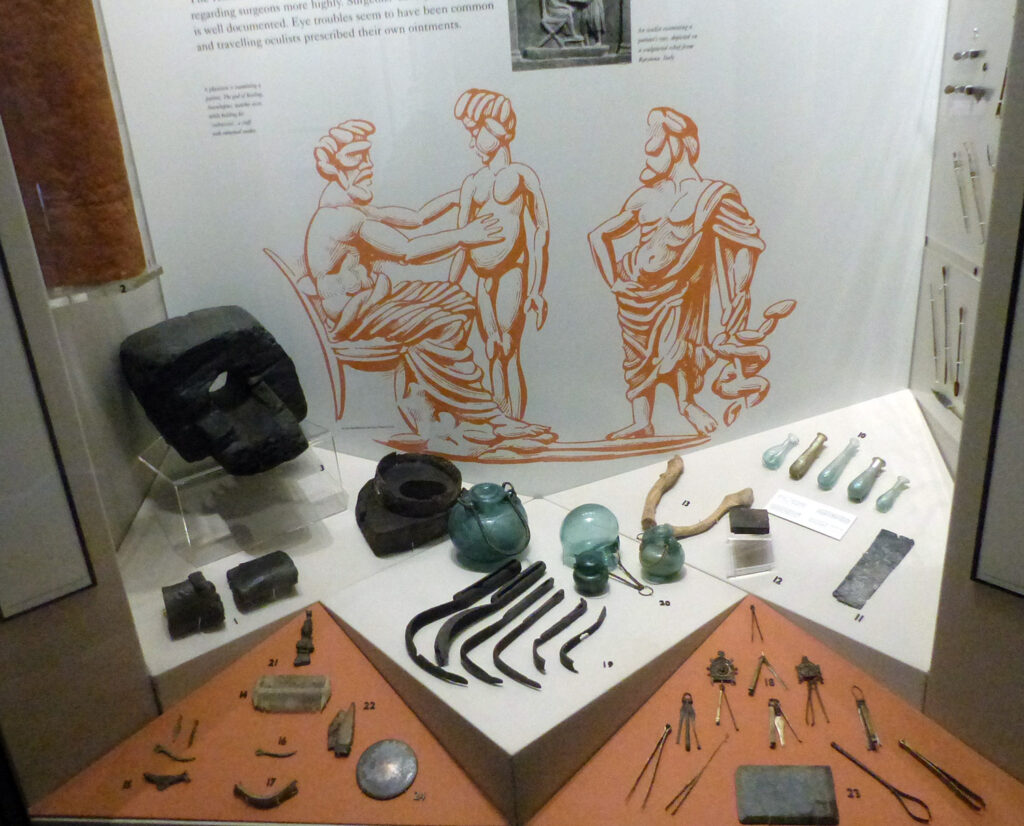
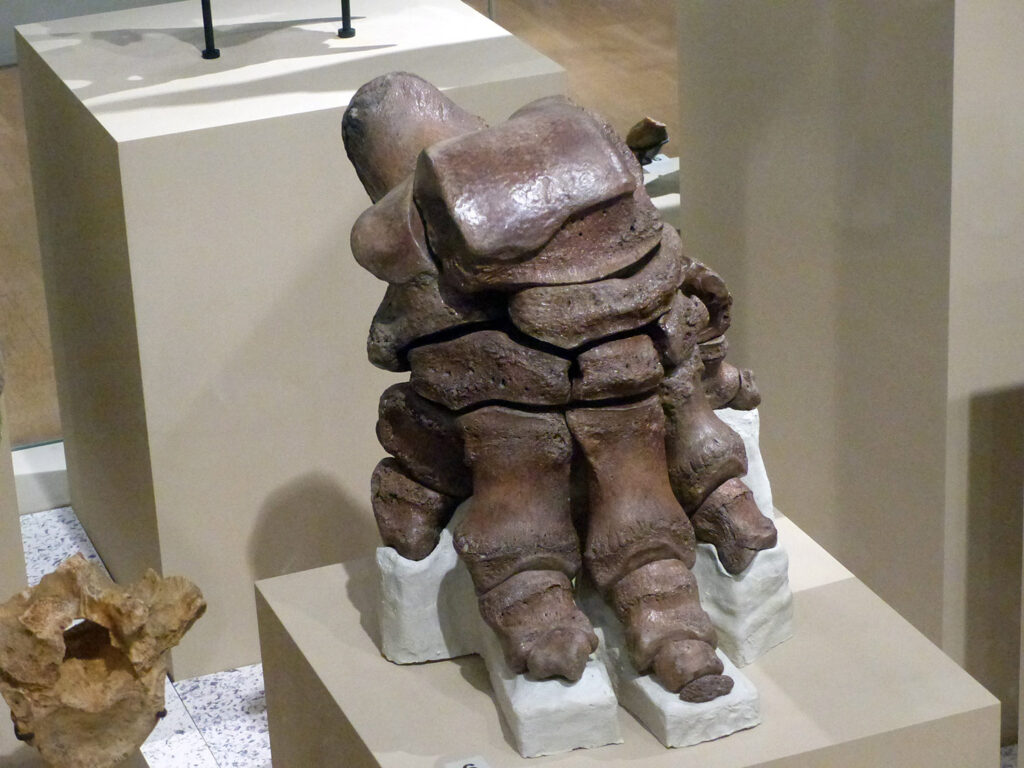
and finally, sunny St. Pauls
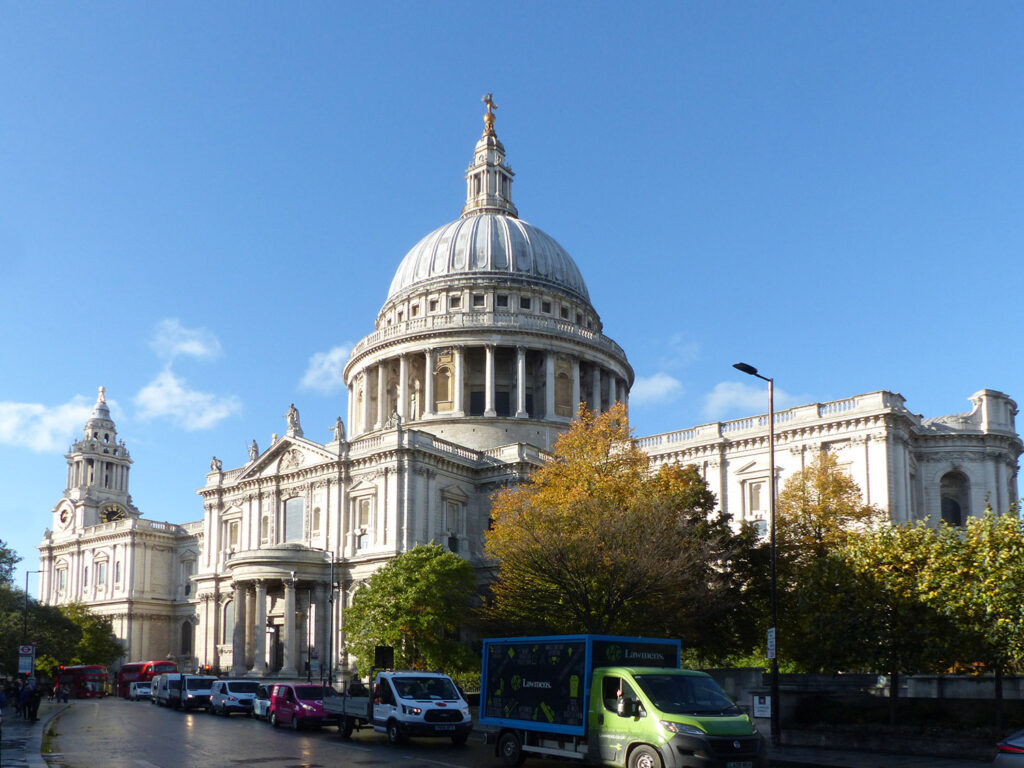
Weekend in Macclesfield
Windsor u3a members registered on this web site can log in to view this section on Dave’s weekend away in Macclesfield with his wife, visiting his son.
Members Galleries
A selection of member’s photos taken in October, when Alan Wheeler visited Ascot Race Course fireworks, the seals on a Norfolk beach and Henley and the Thames.
Jane Brett was out snapping views of the fun Halloween crochet and a spot of wildlife, upon reflection, plus her autumnal colours from Savill Gardens.
Below, Malcolm Emmett brings us his views of the Photography group’s Acer Walk meeting in October (Windsor Great Park, from Savill Gardens) and a pheasant in his garden one morning.
The final photo round up with contributions from John and Jackie Wiggins’ visit to a butterfly farm in Stratford-upon-Avon, Maggie Reeve’s composites of her Art in the Park shots, Dave Humphries’ attempts to catch the bees in the last of the afternoon sun in Victoria Park, Macclesfield and finishing with Sally Hayes picture of her beautiful Dahlia.

